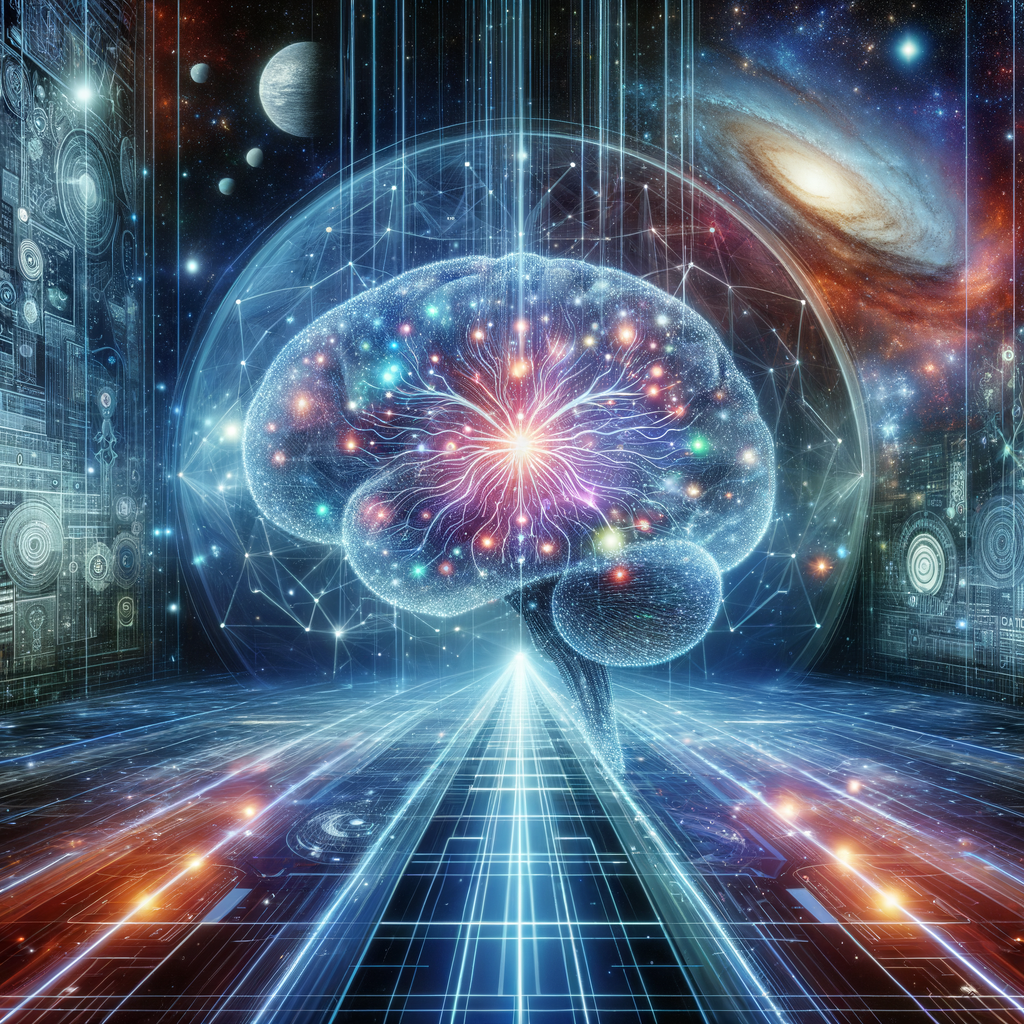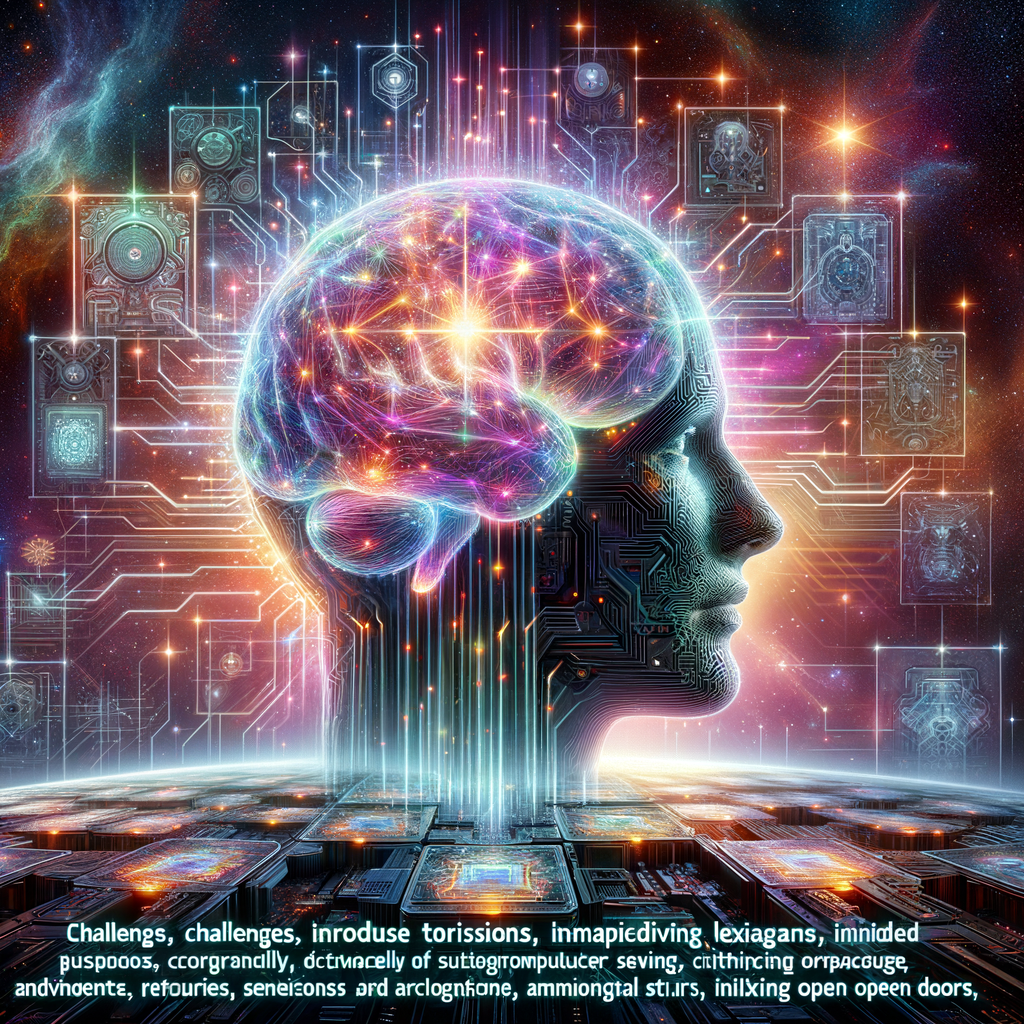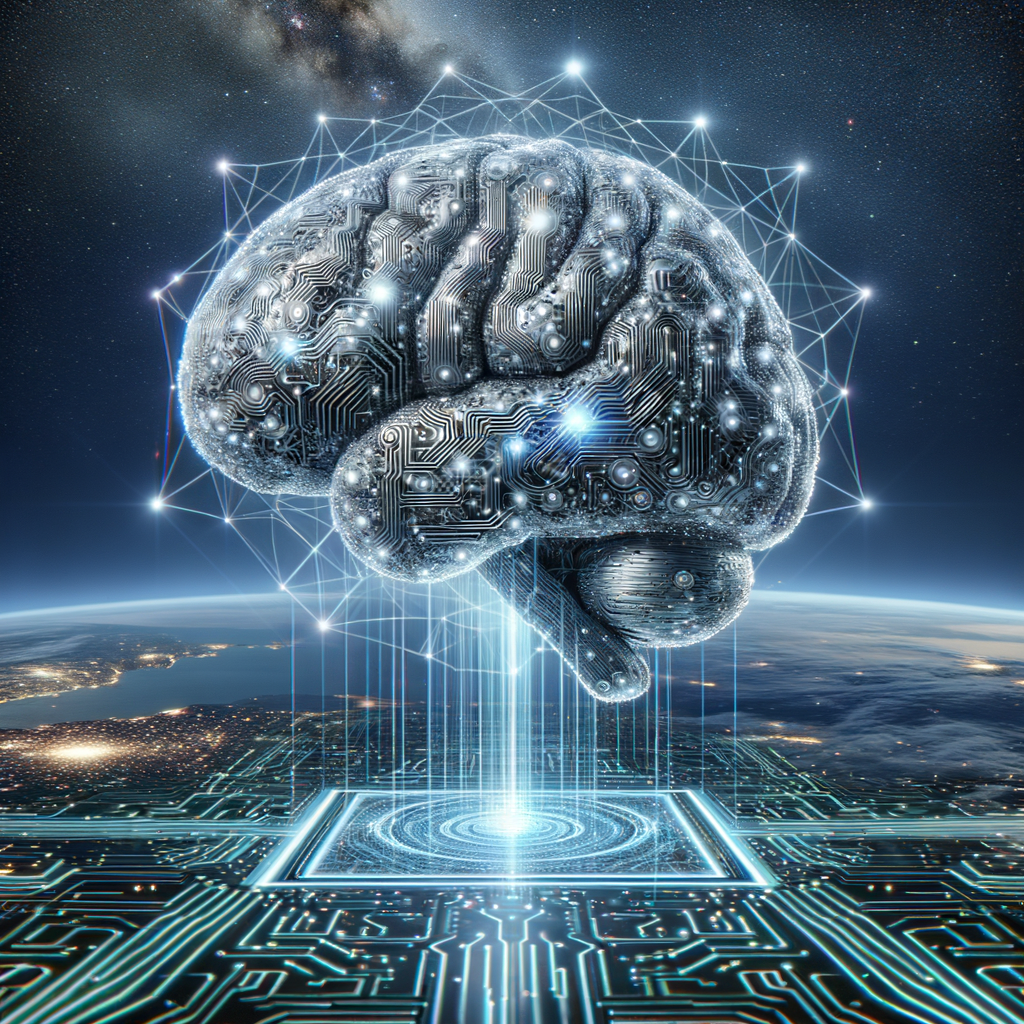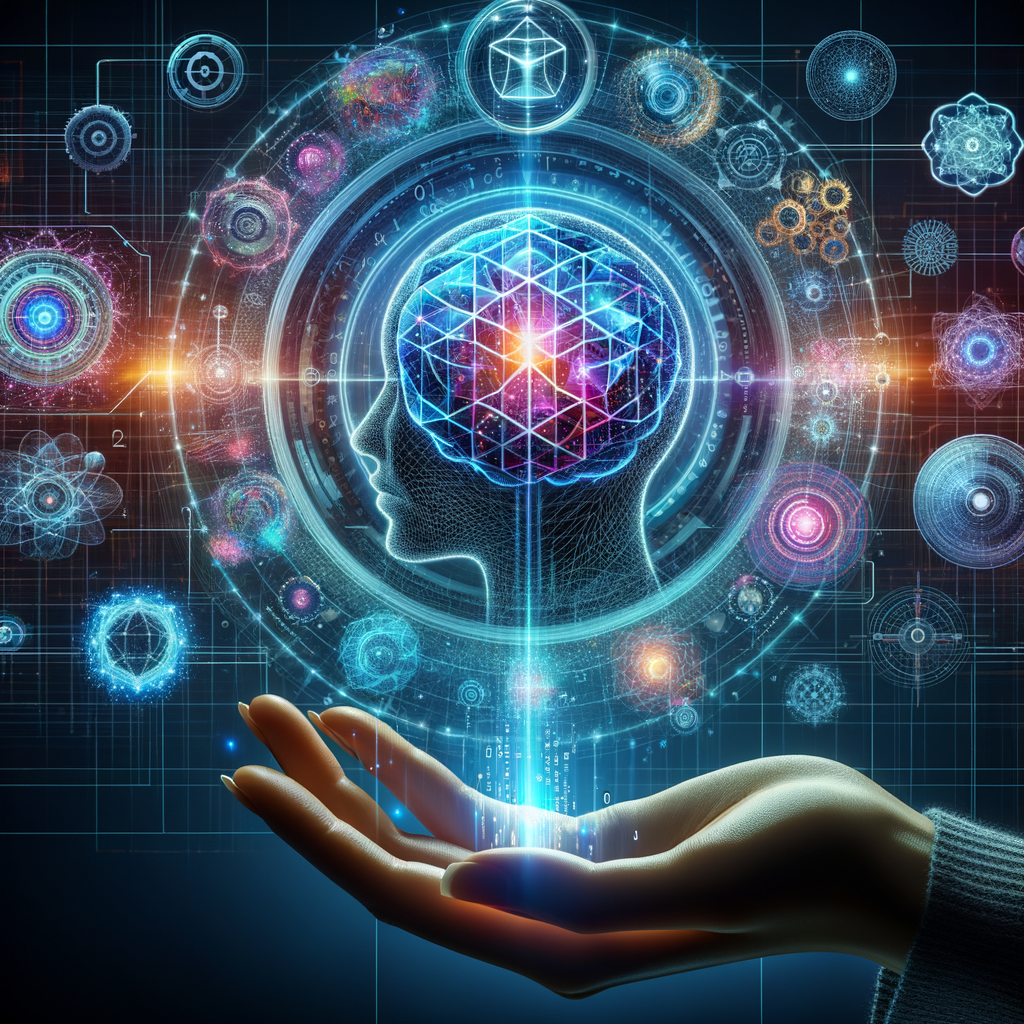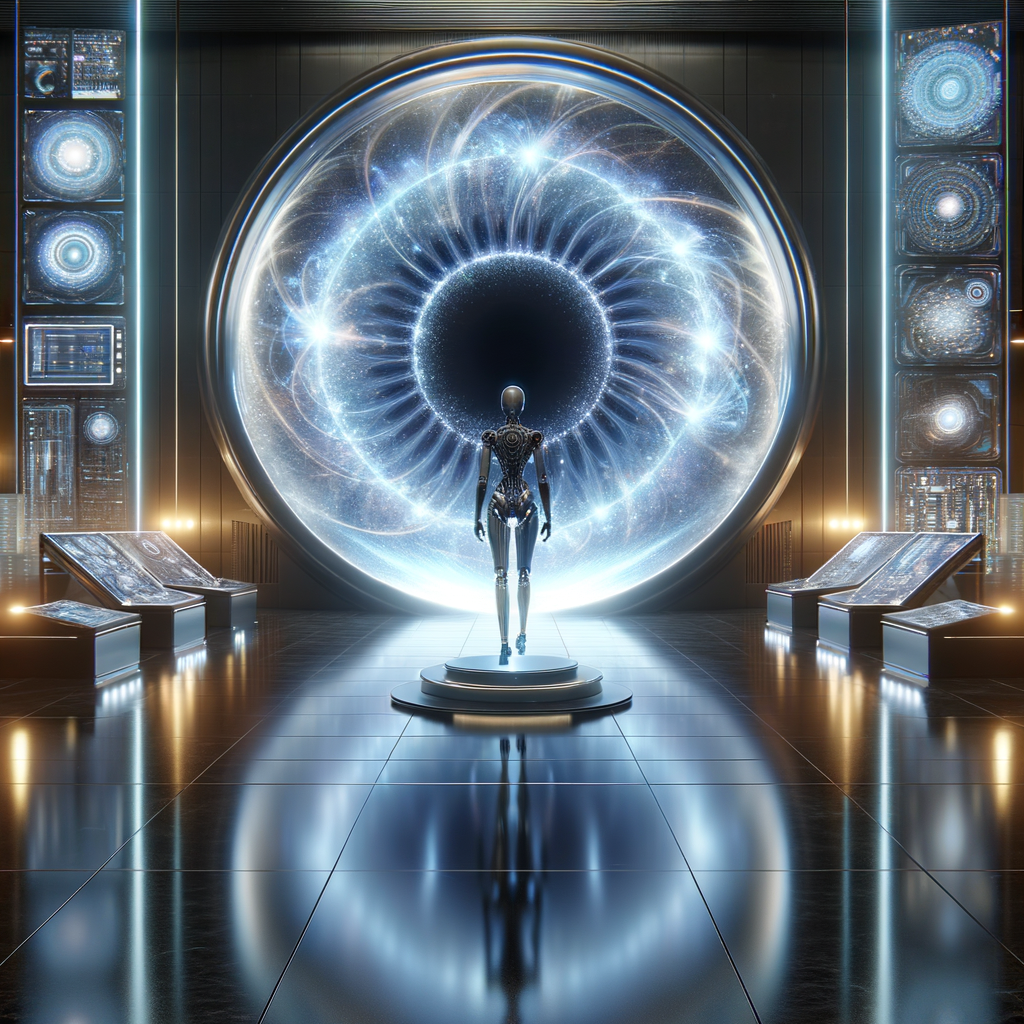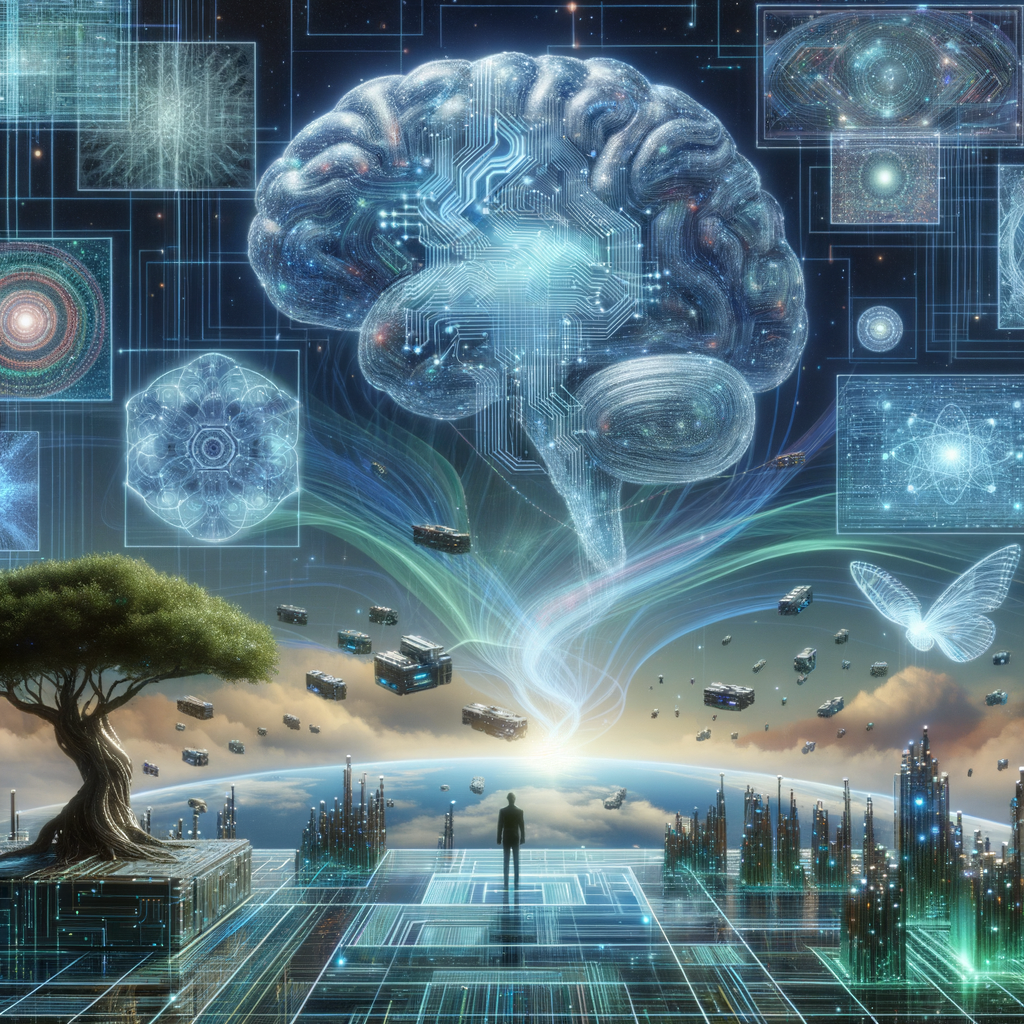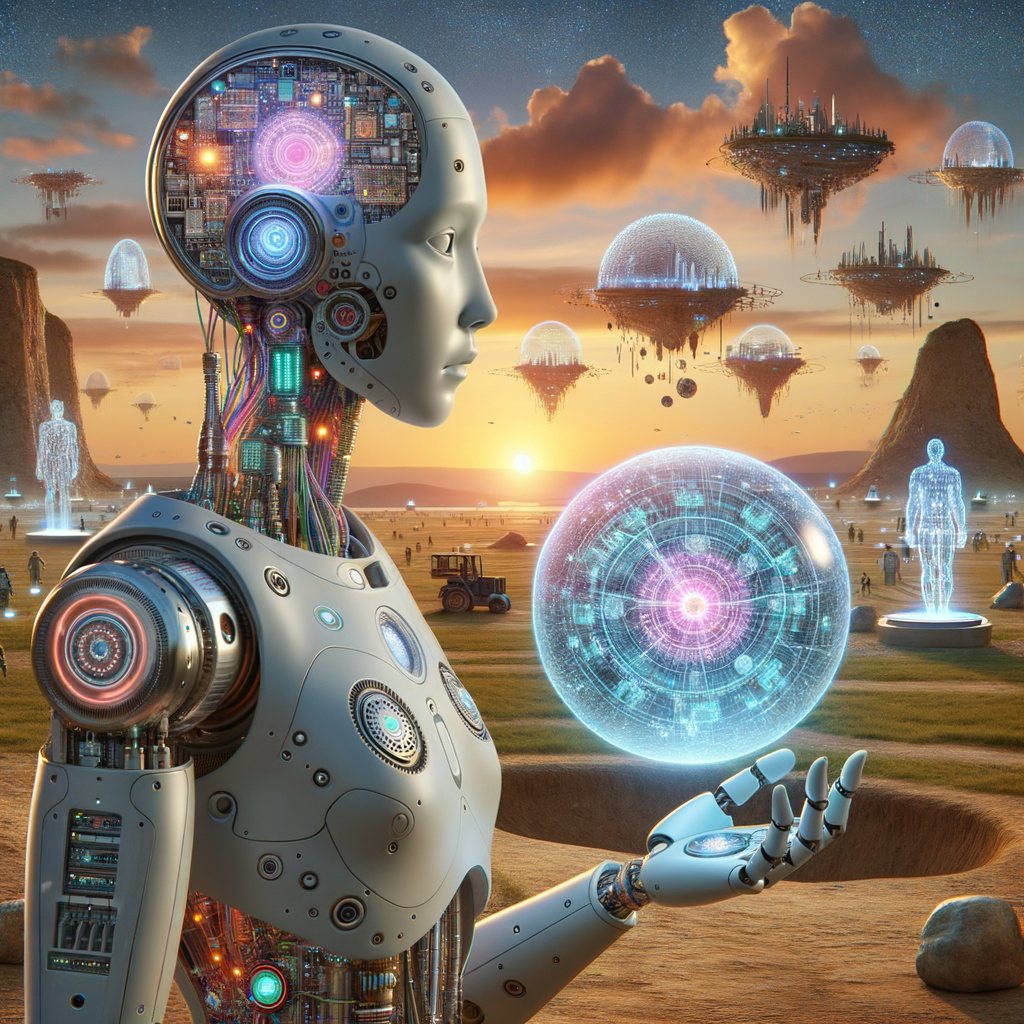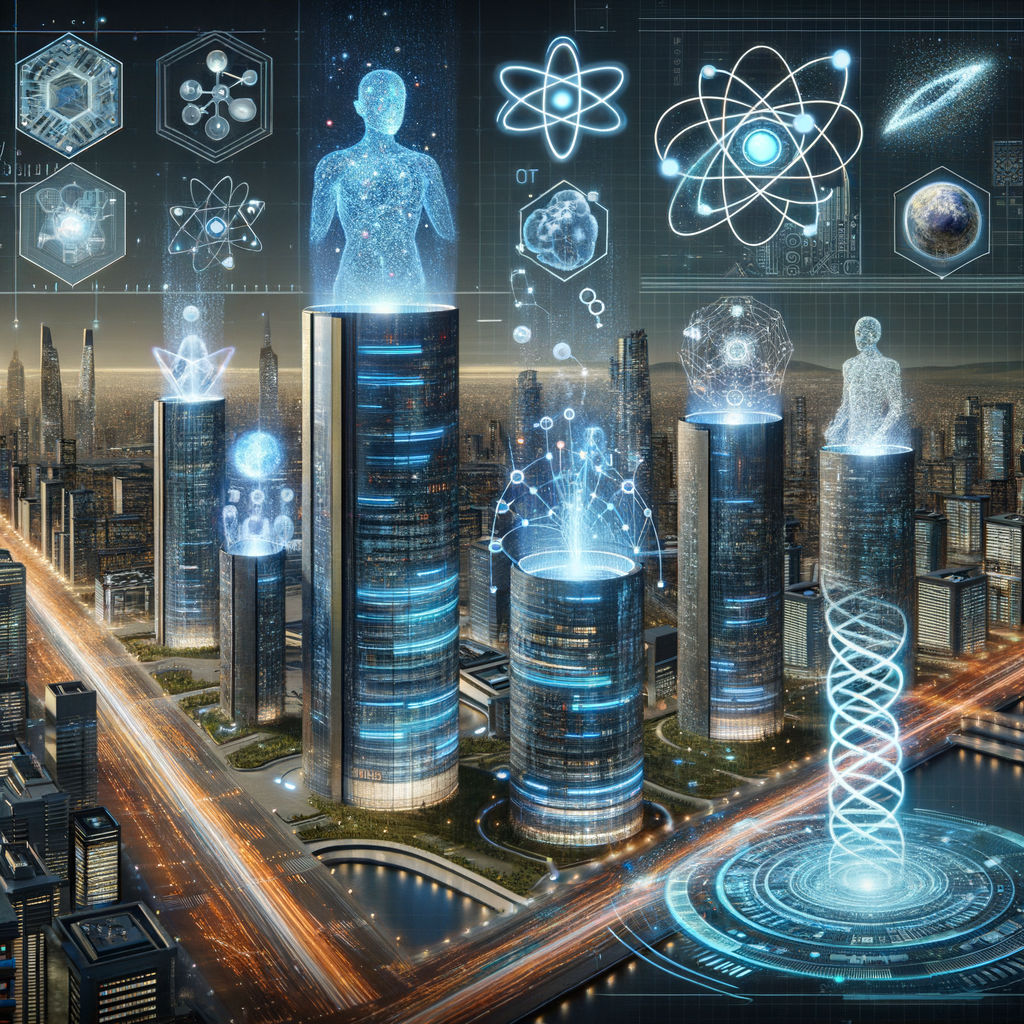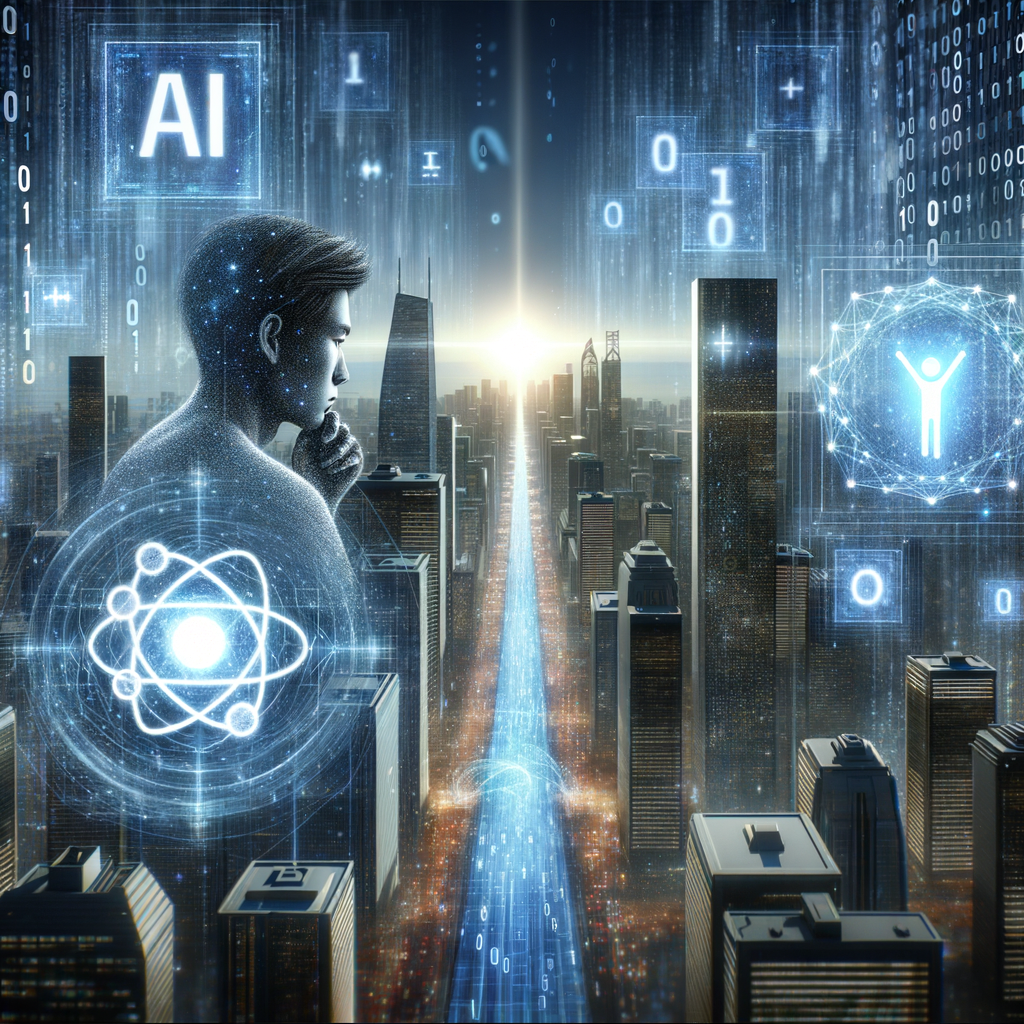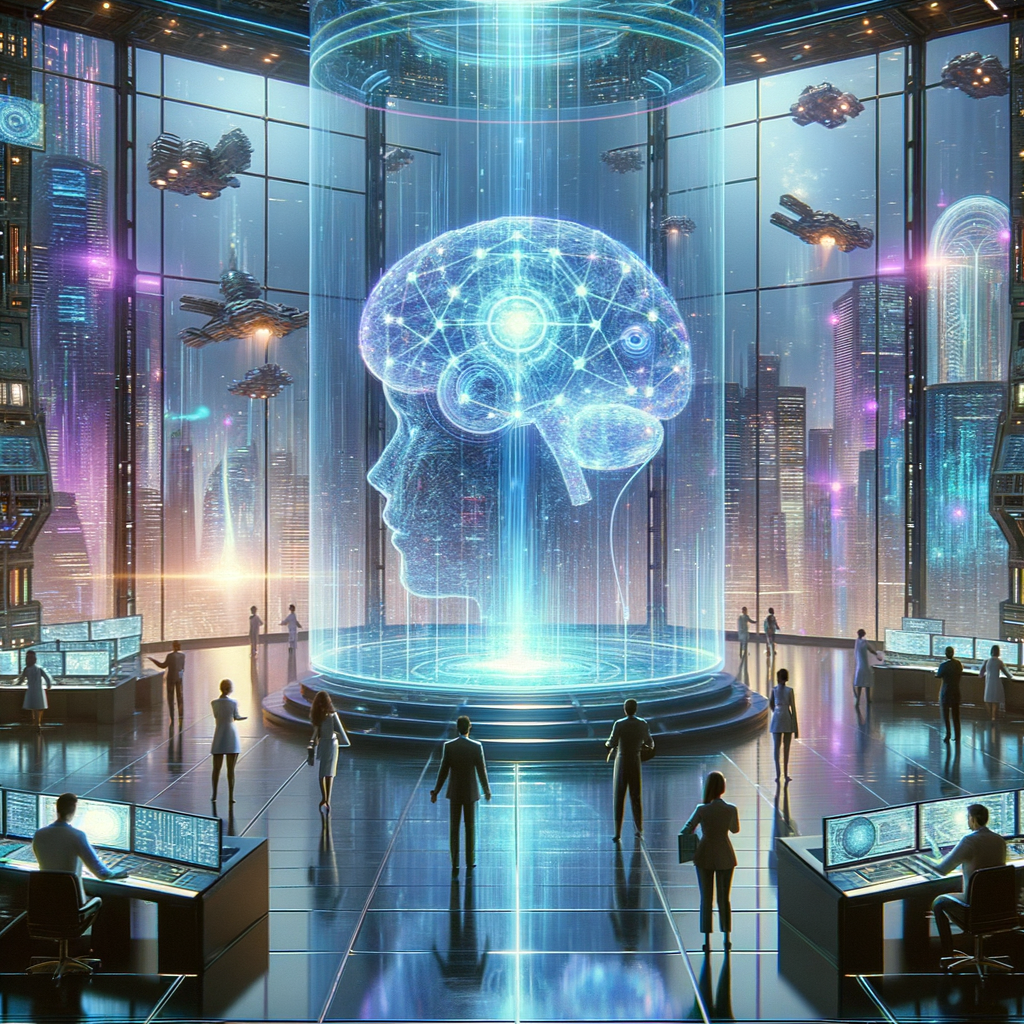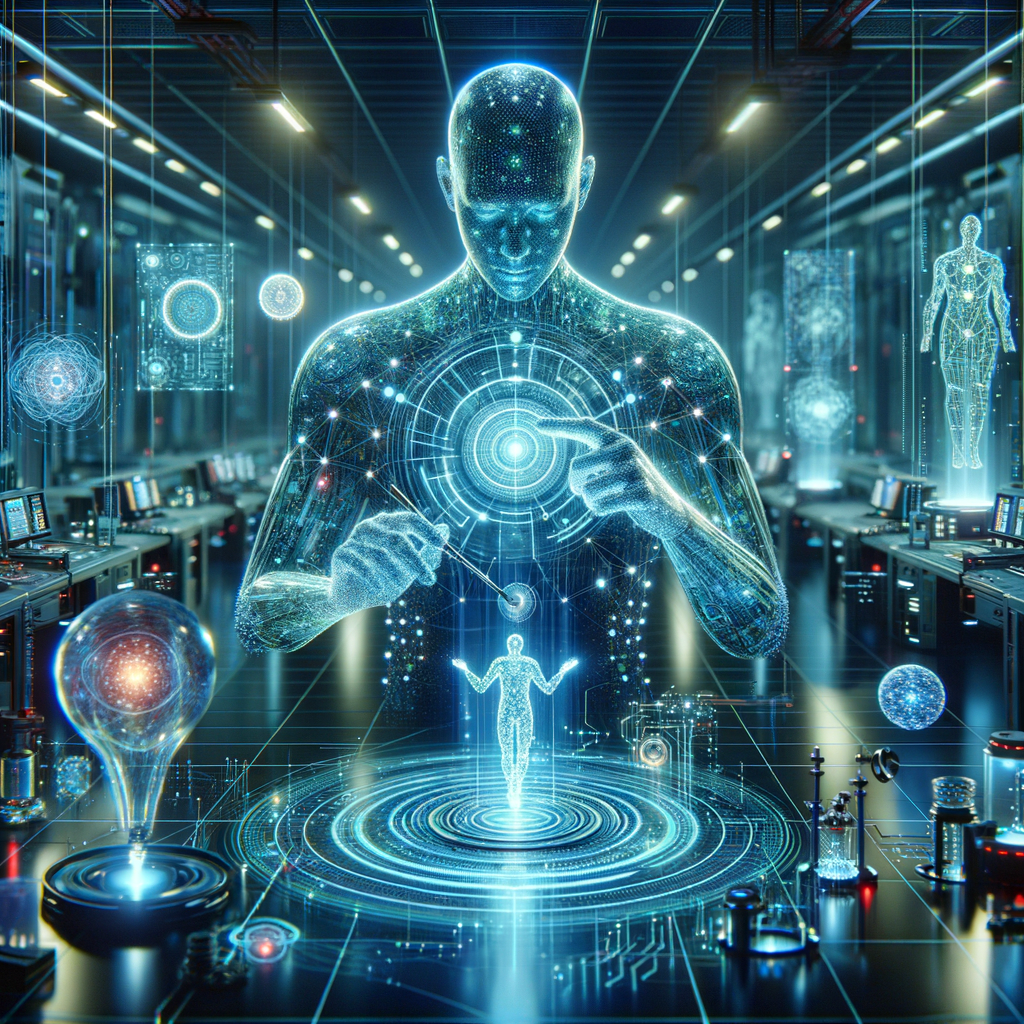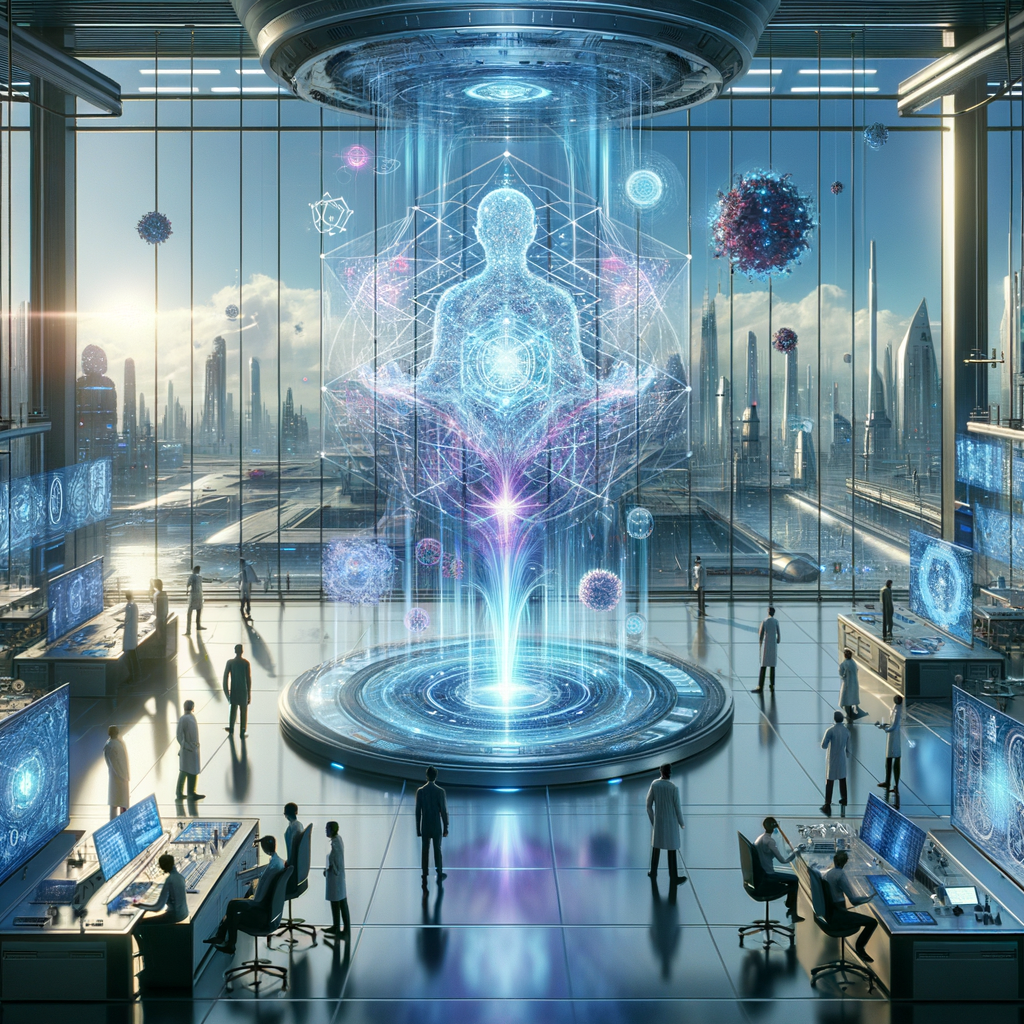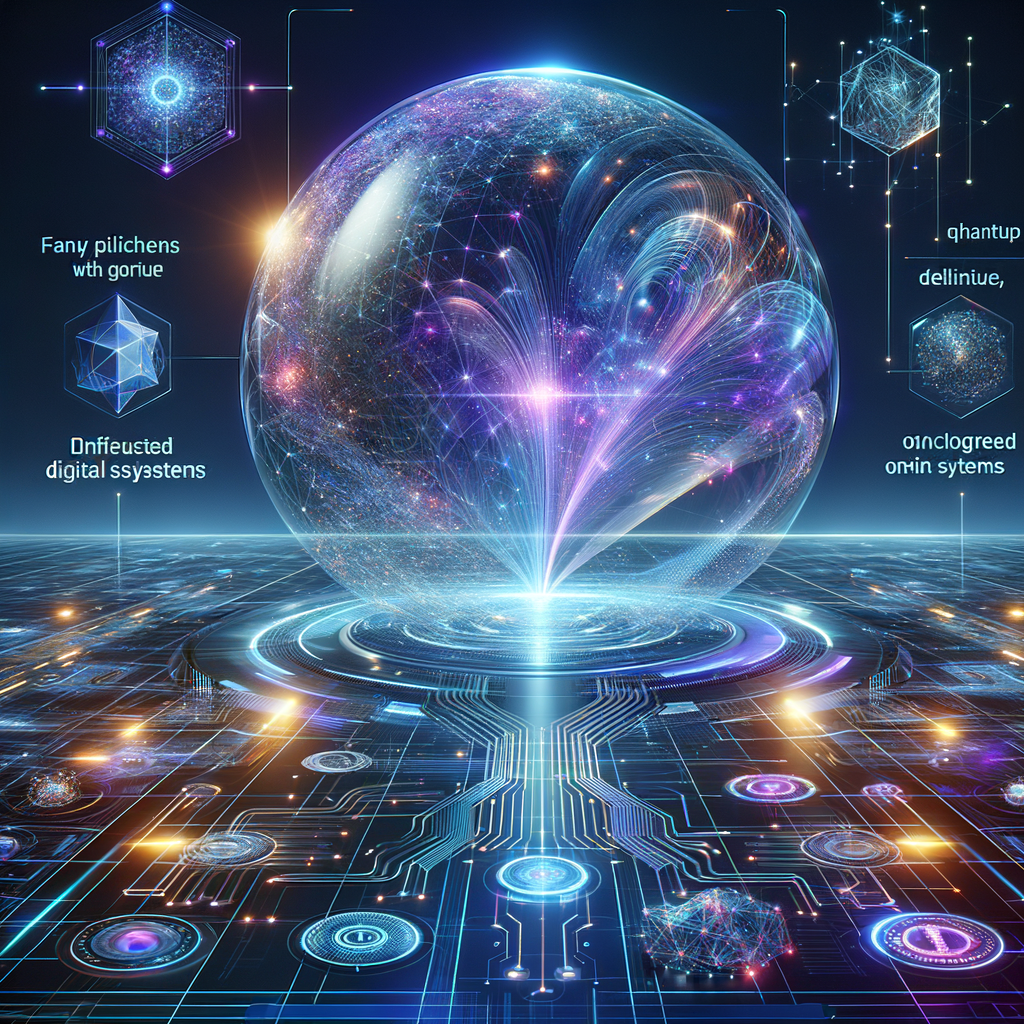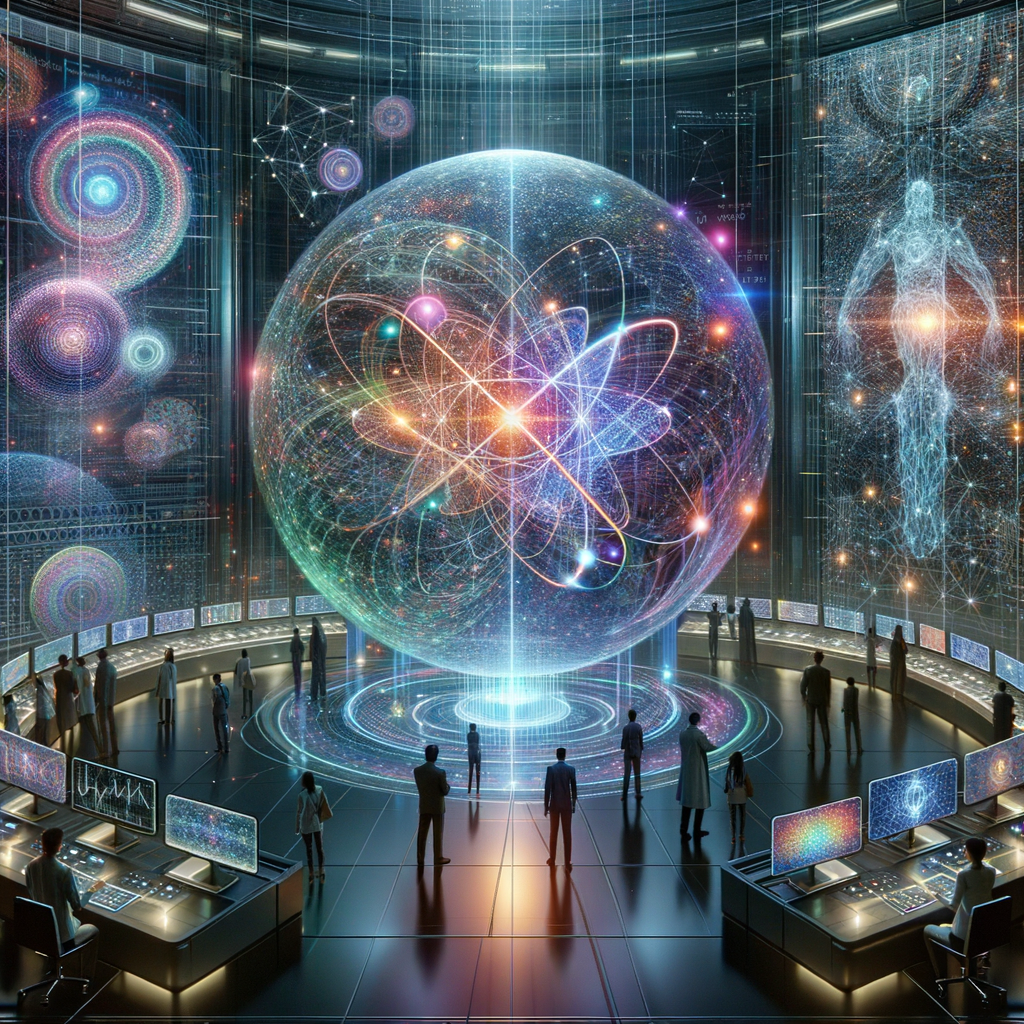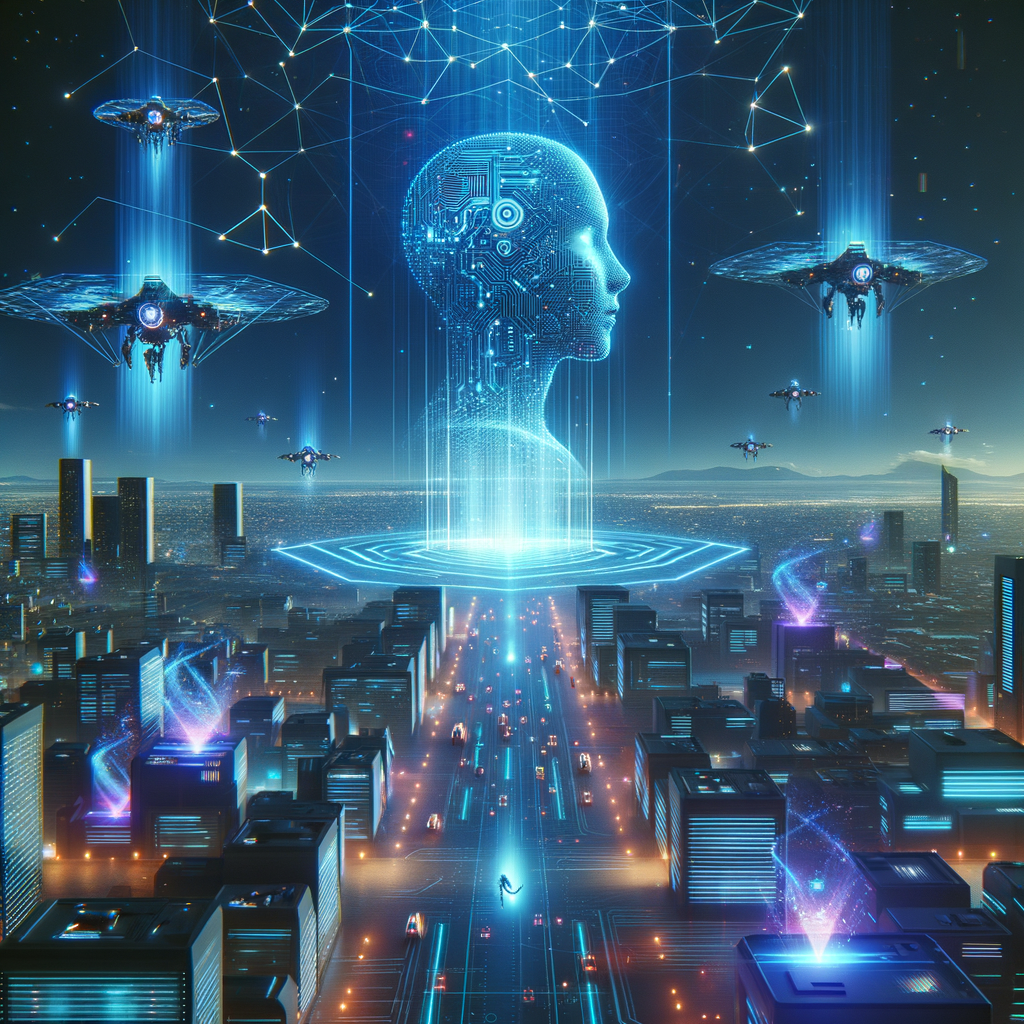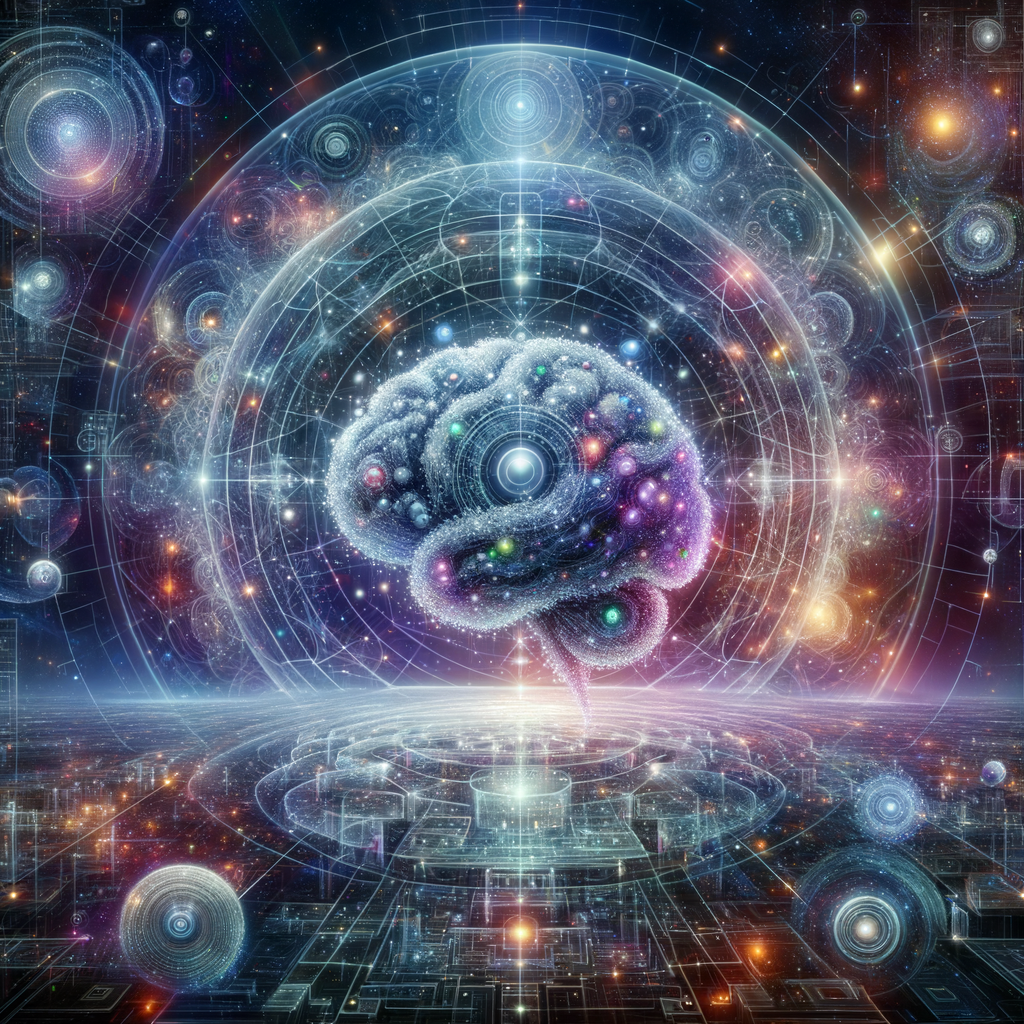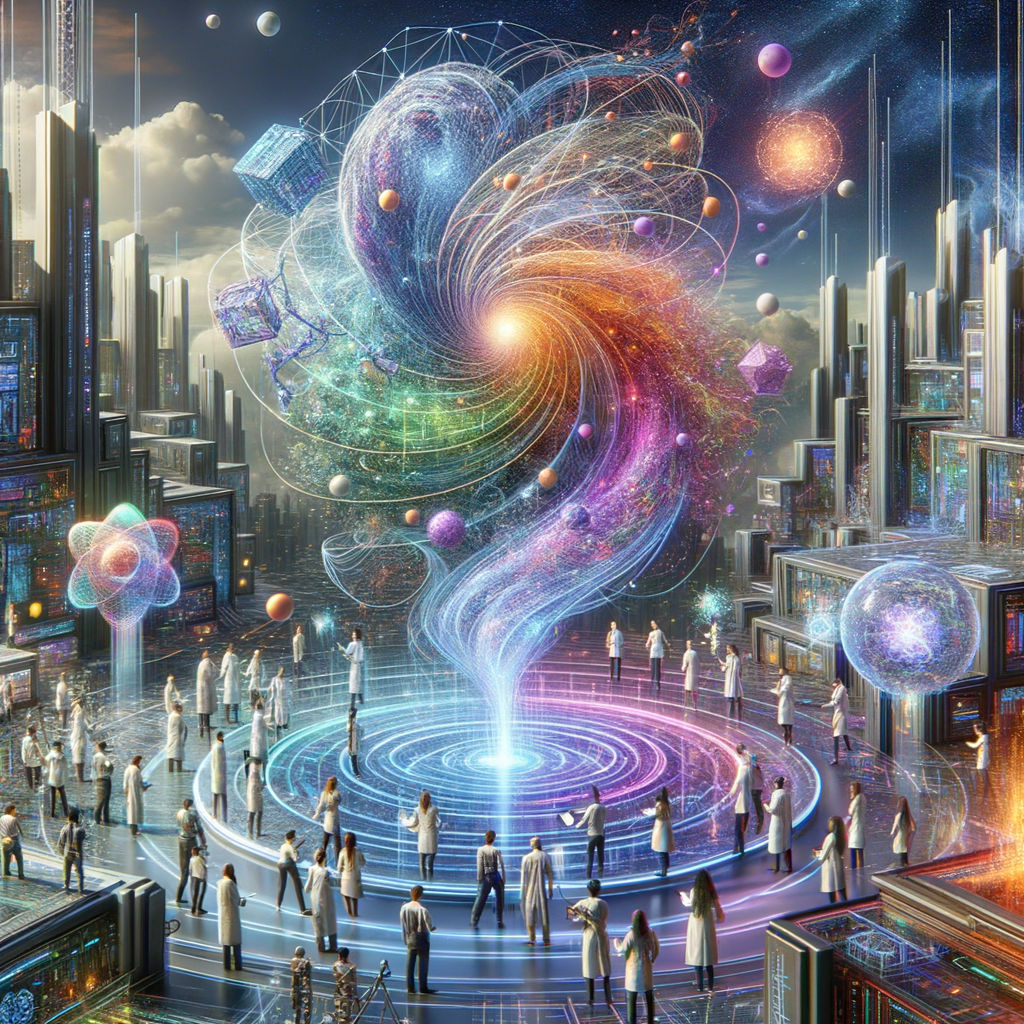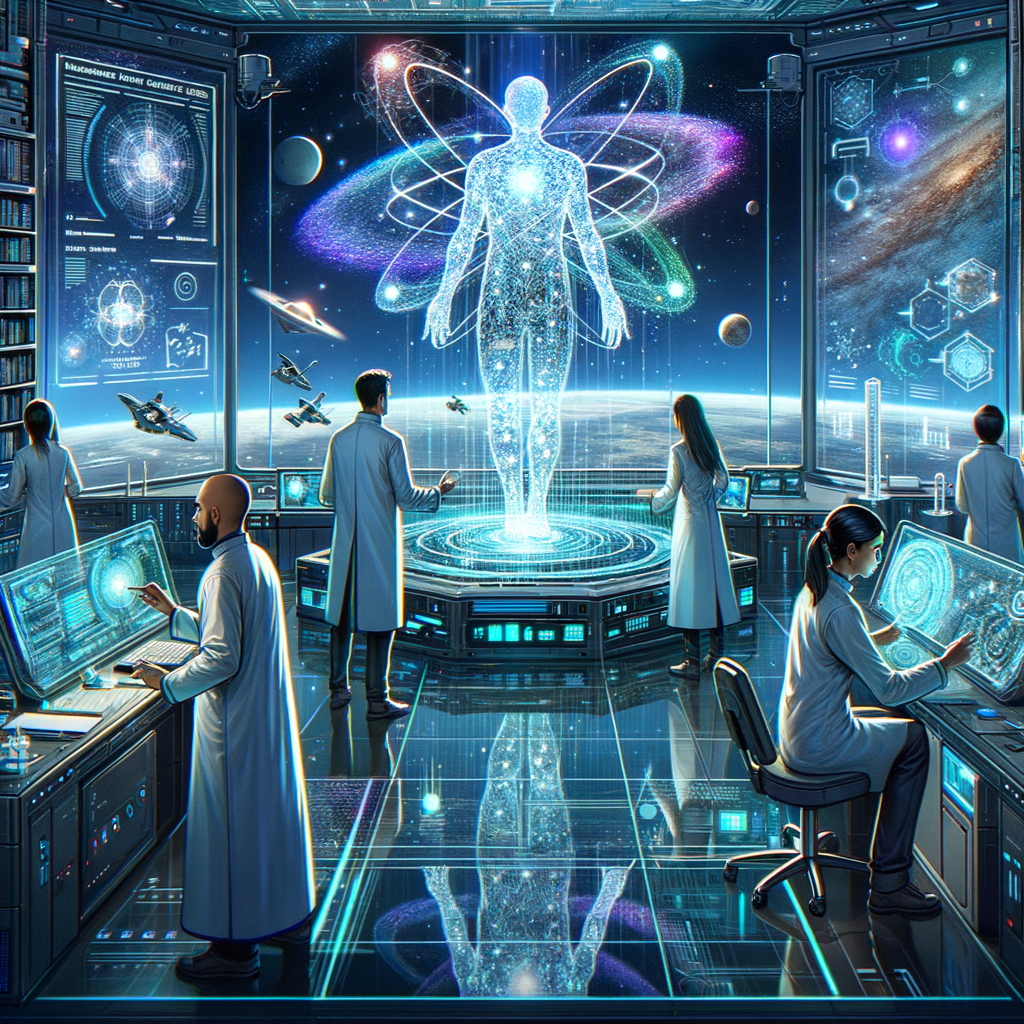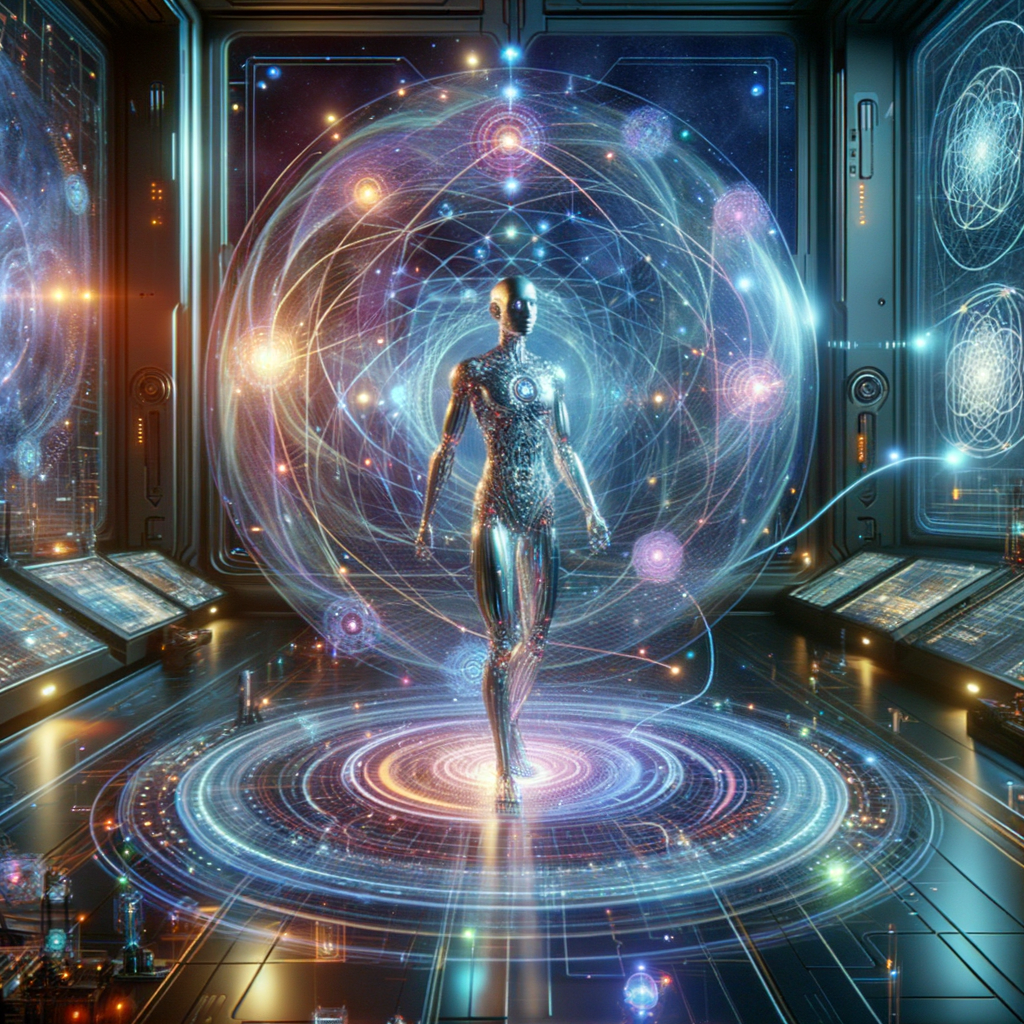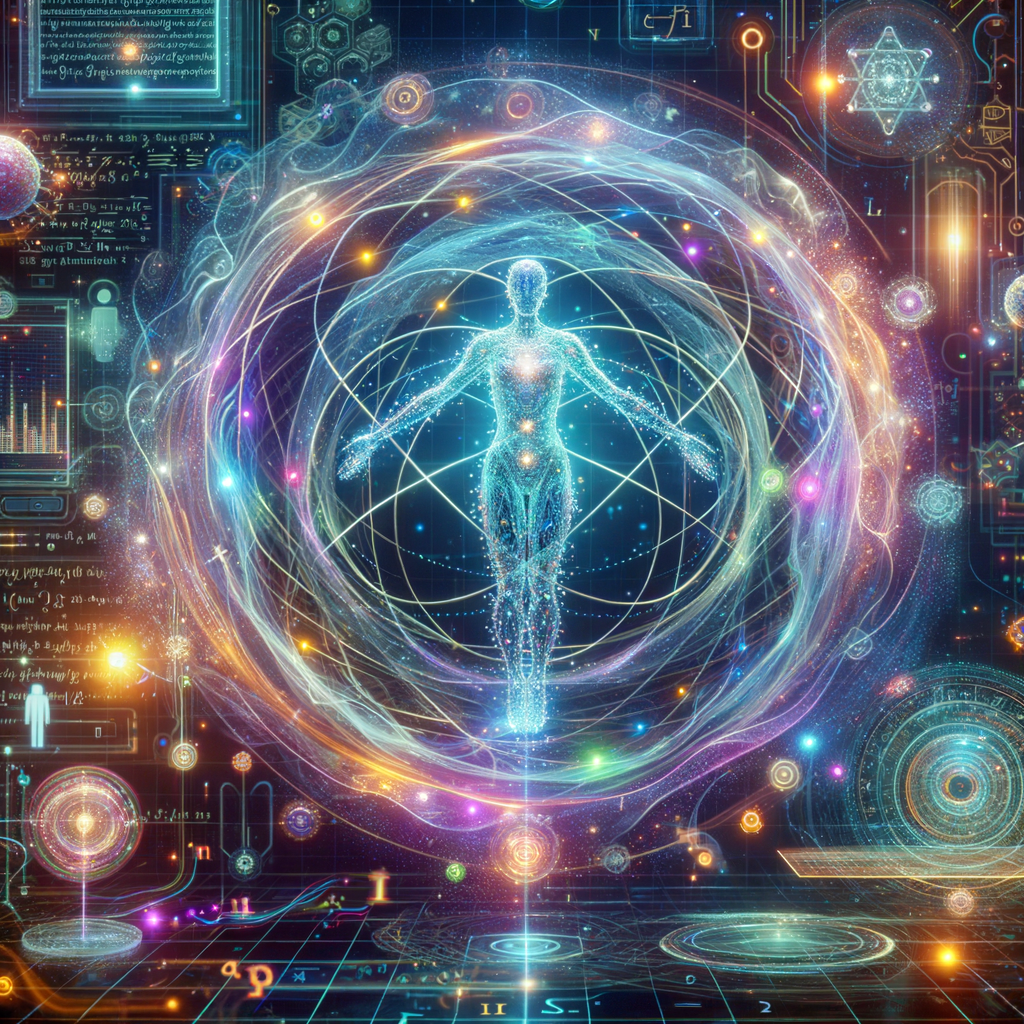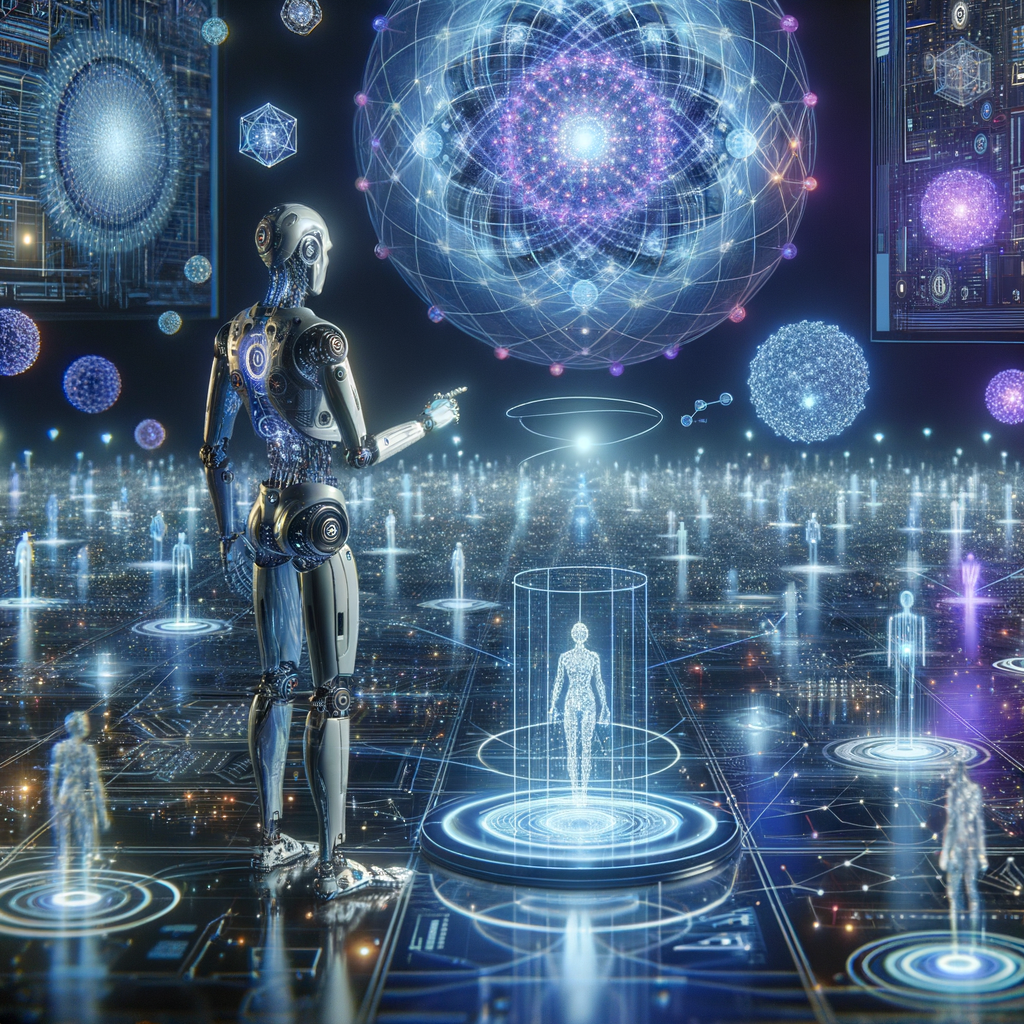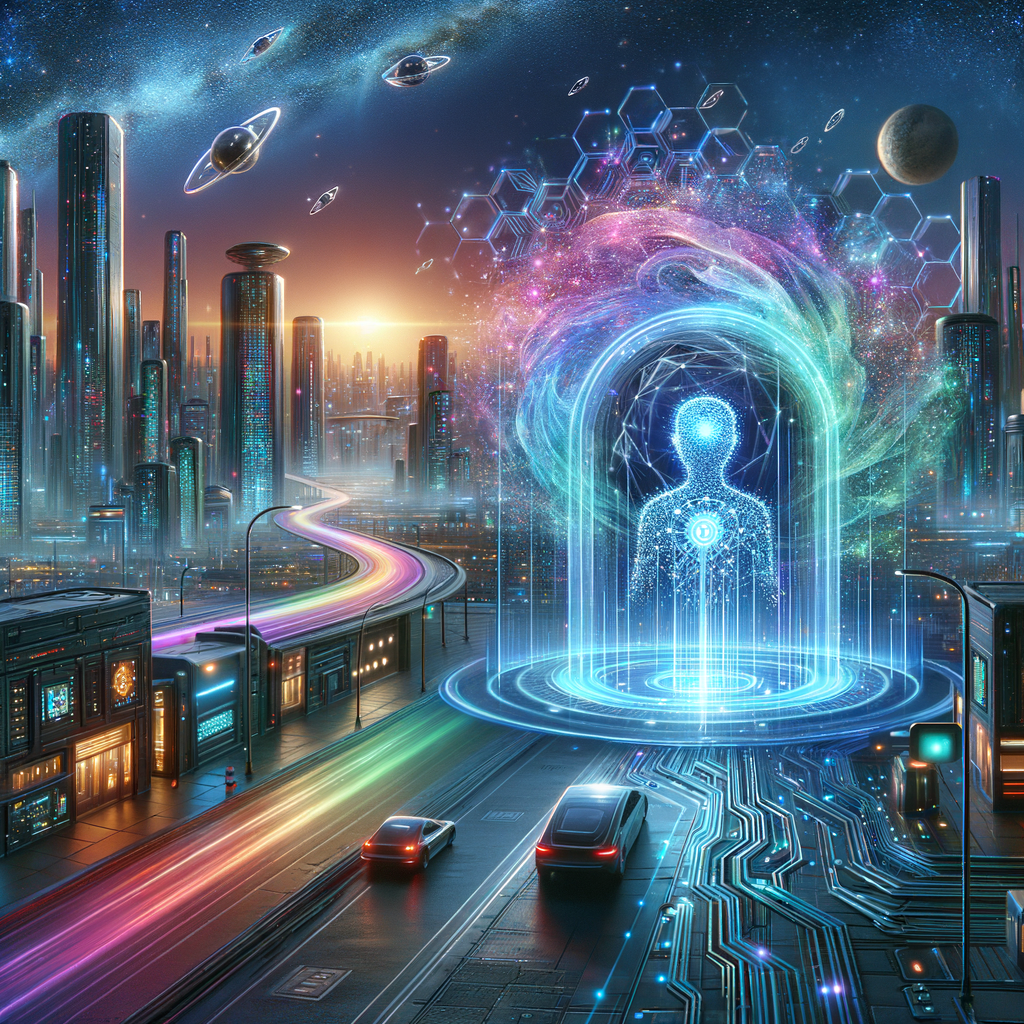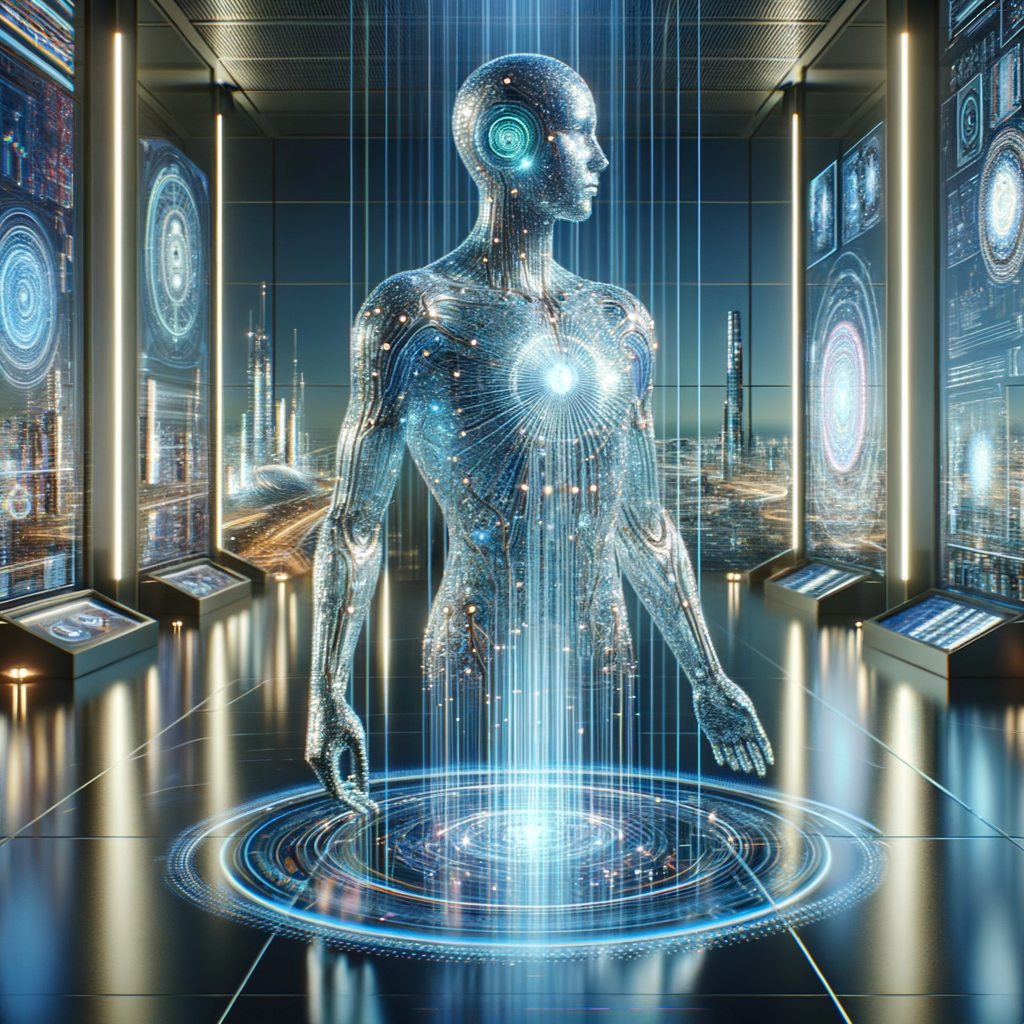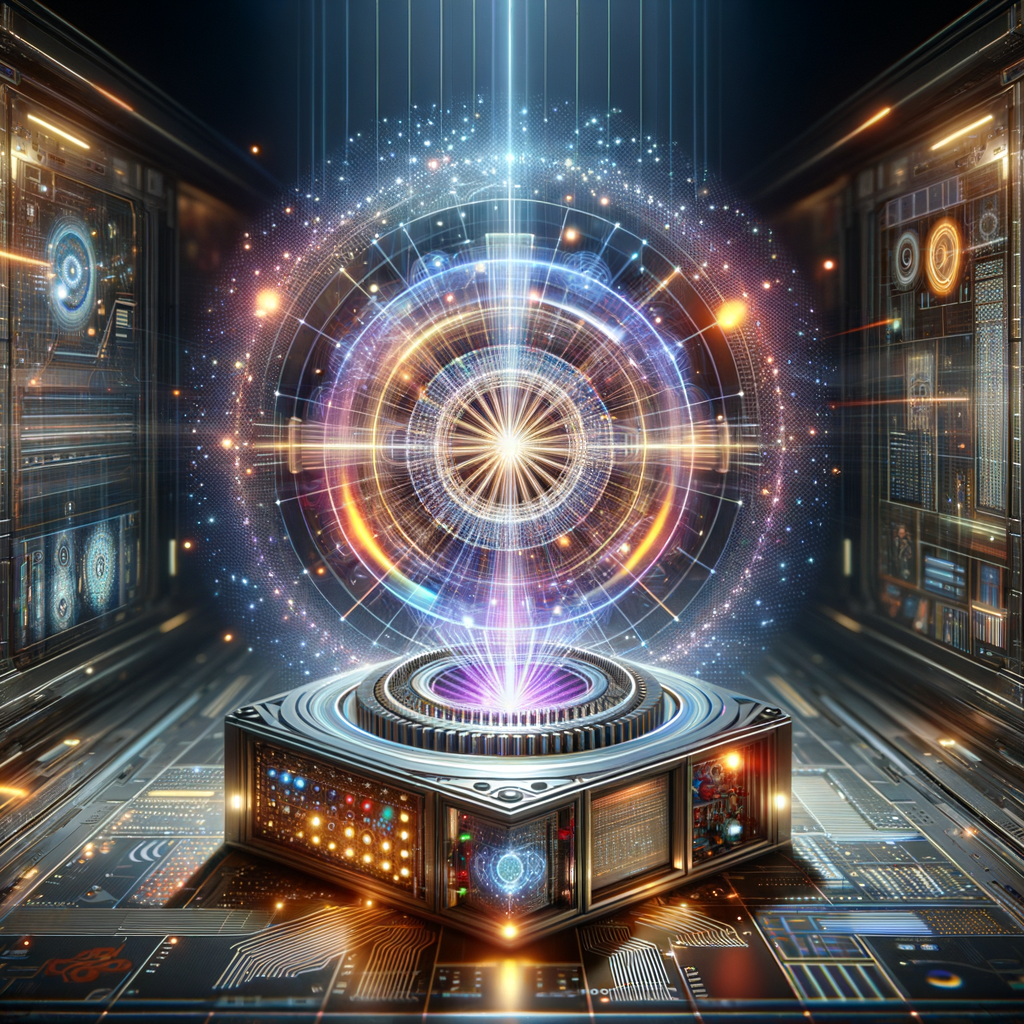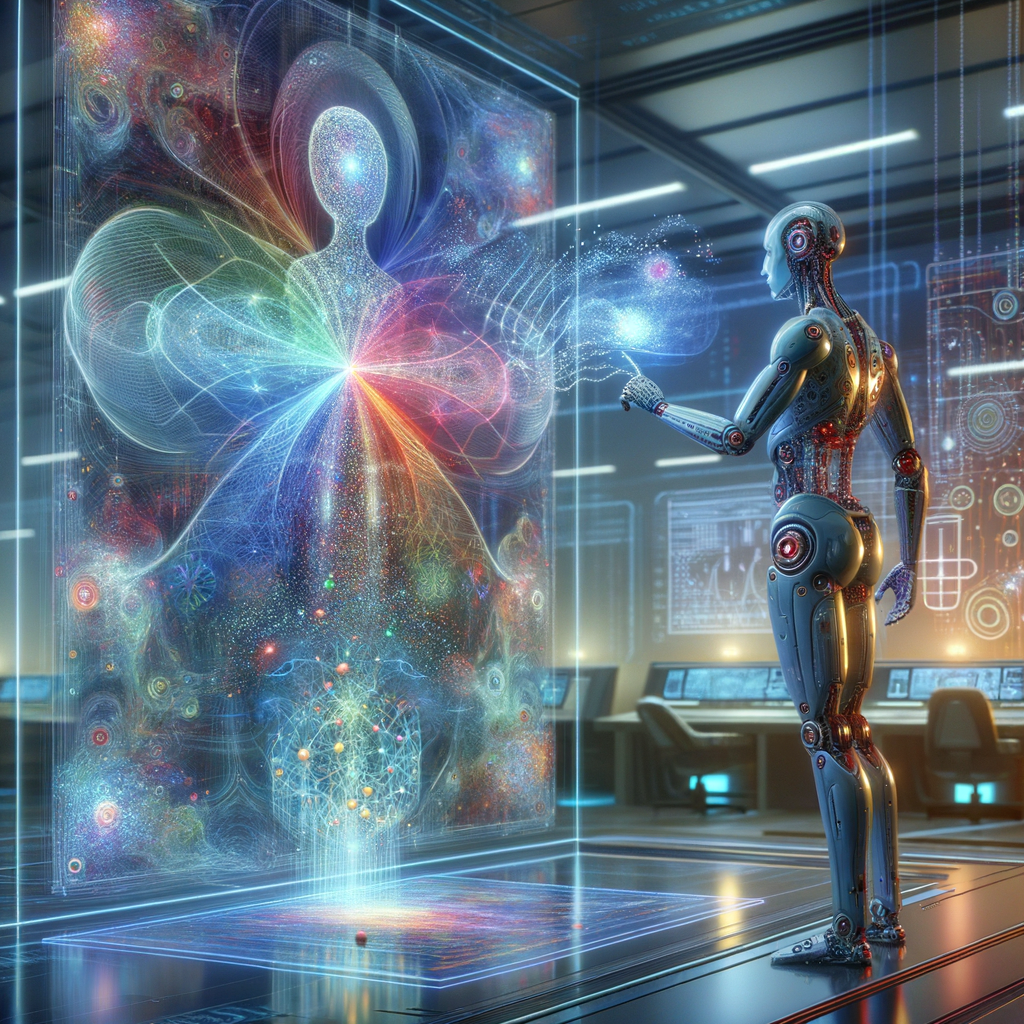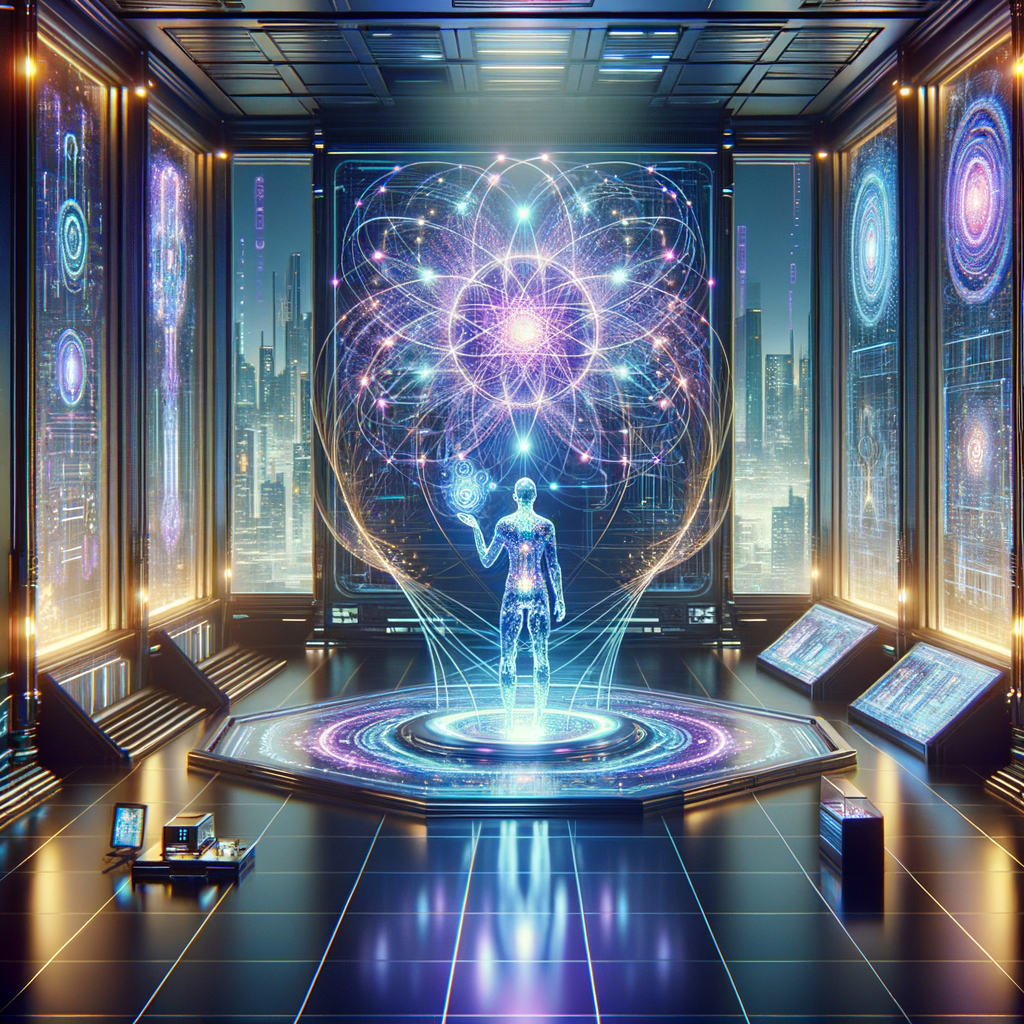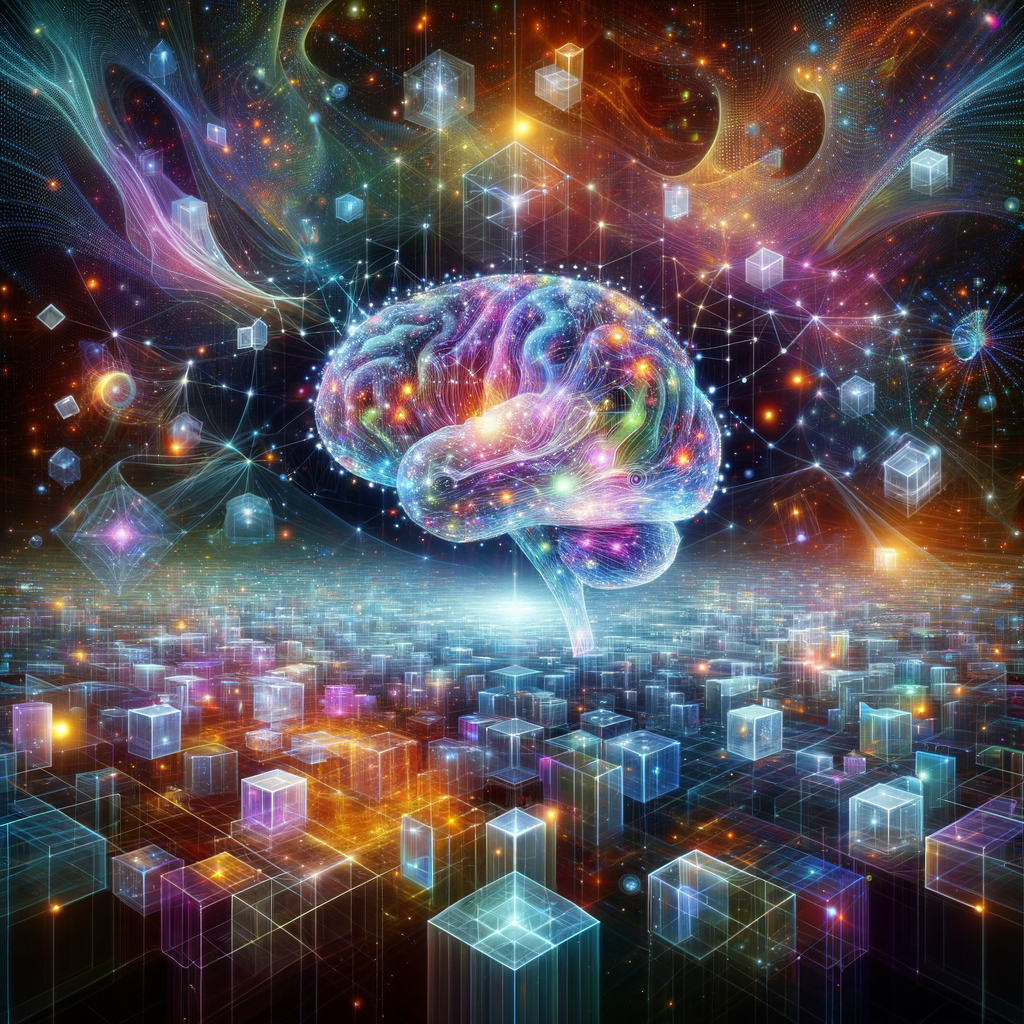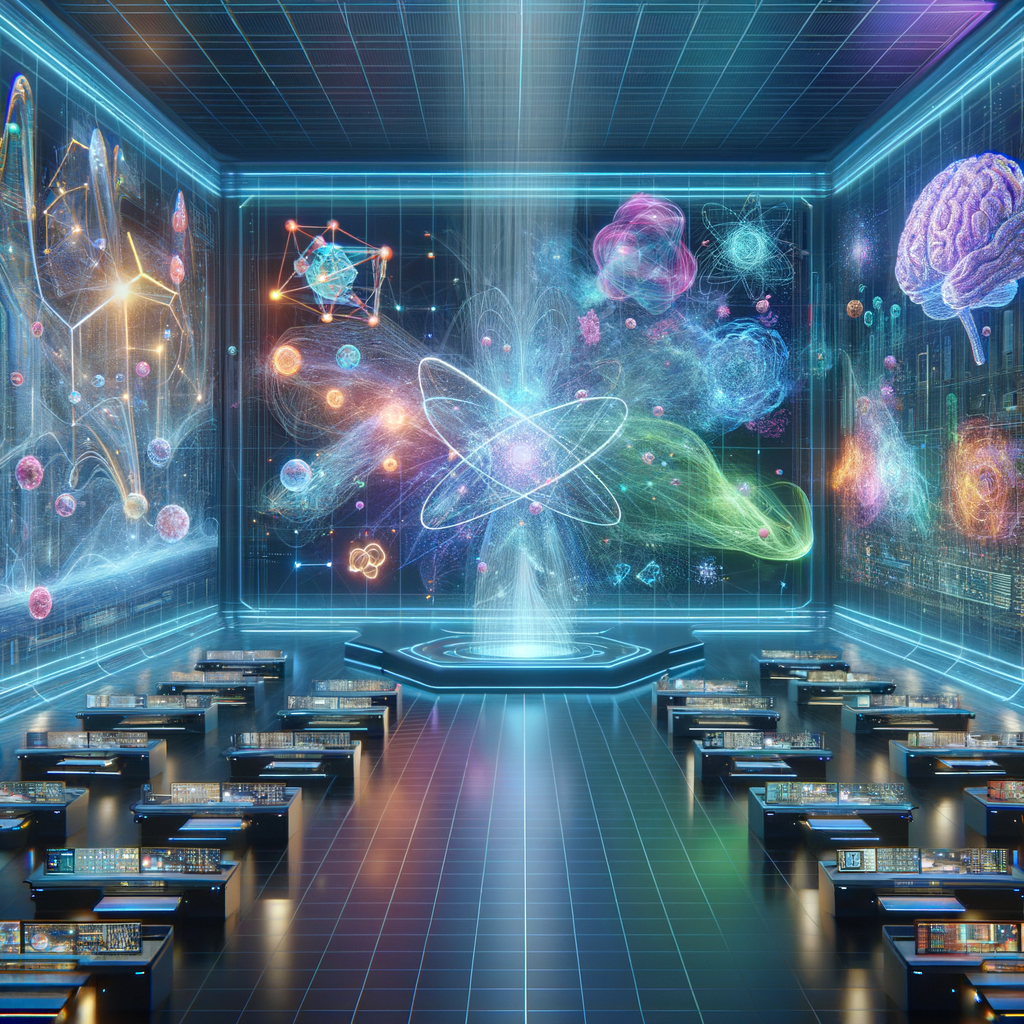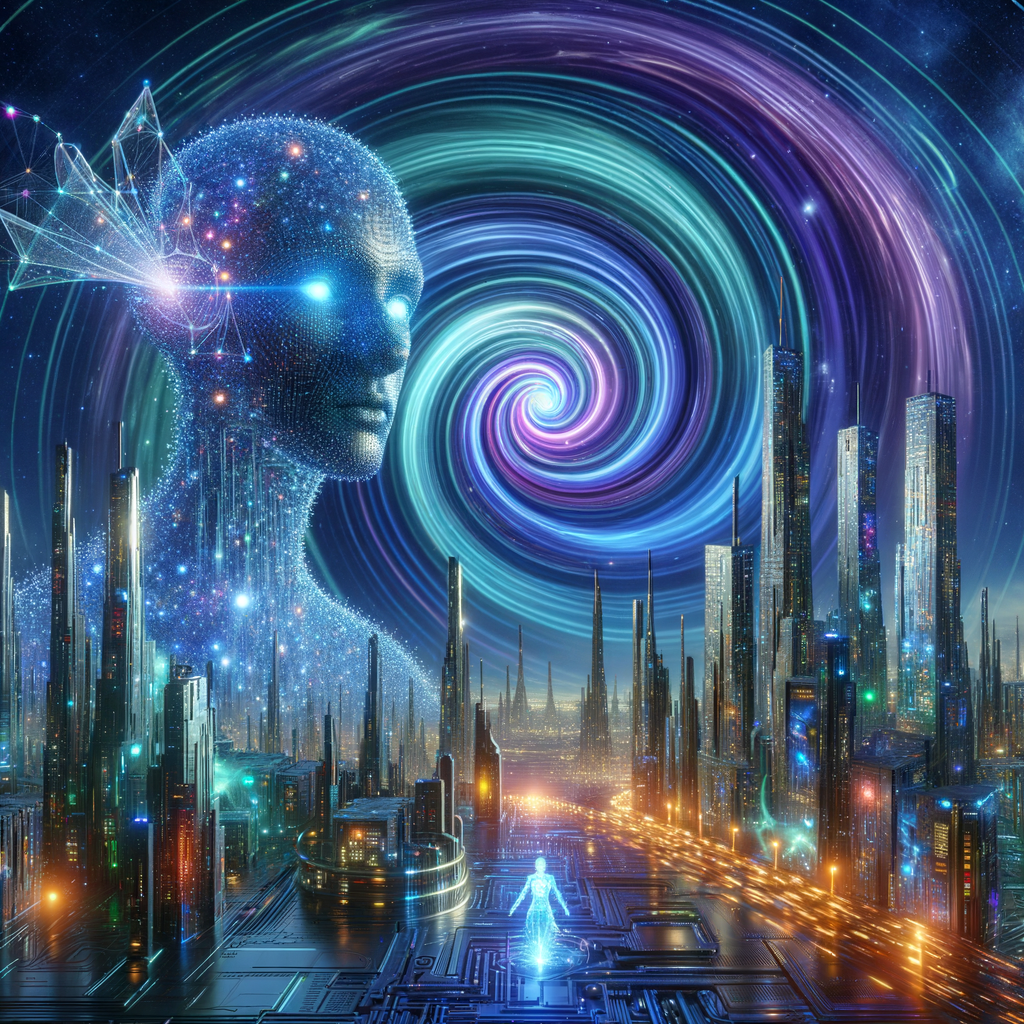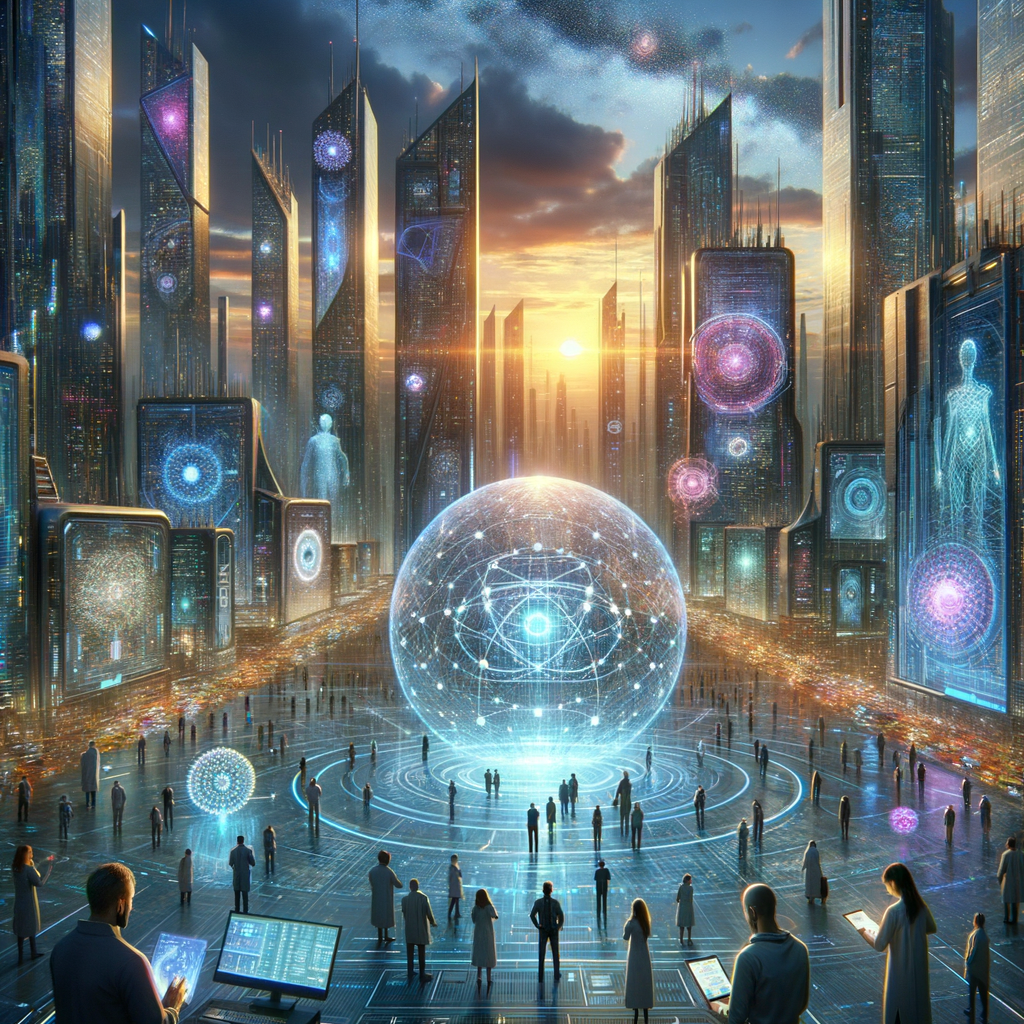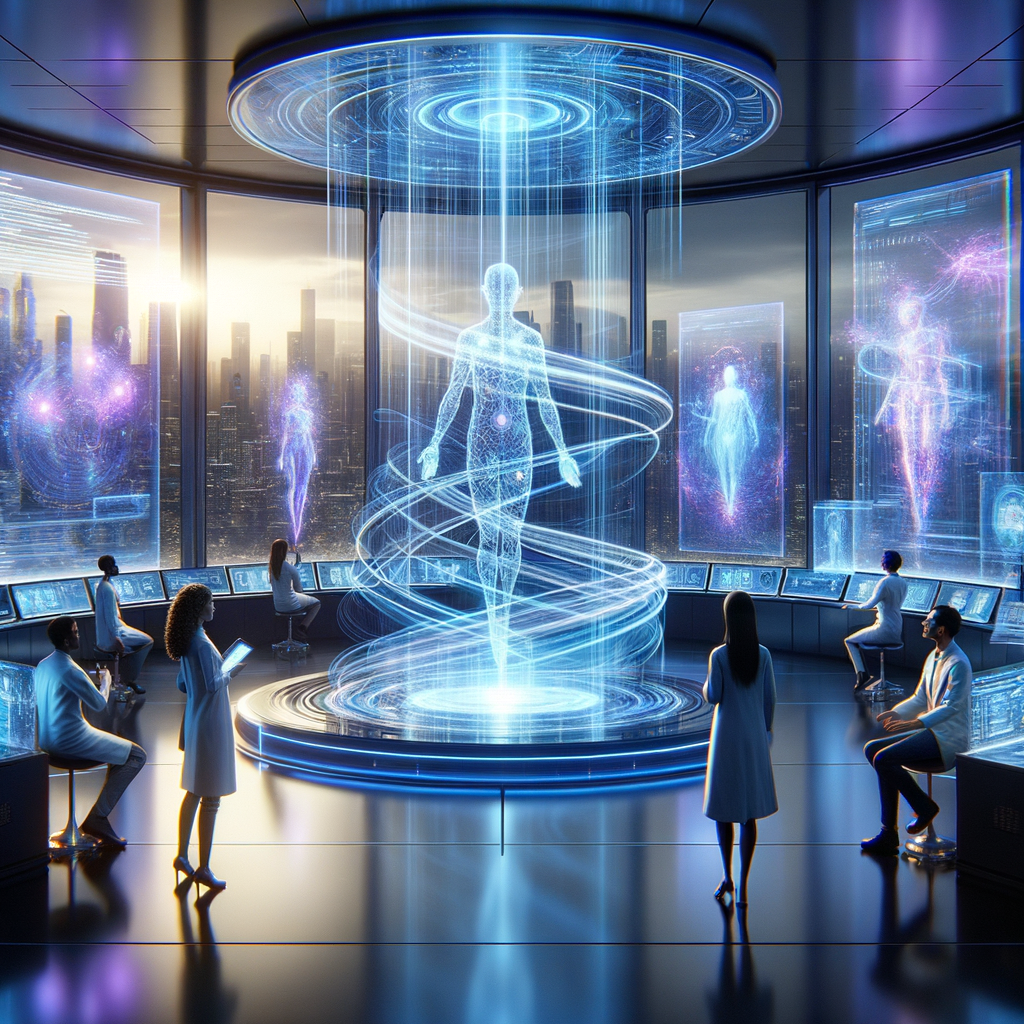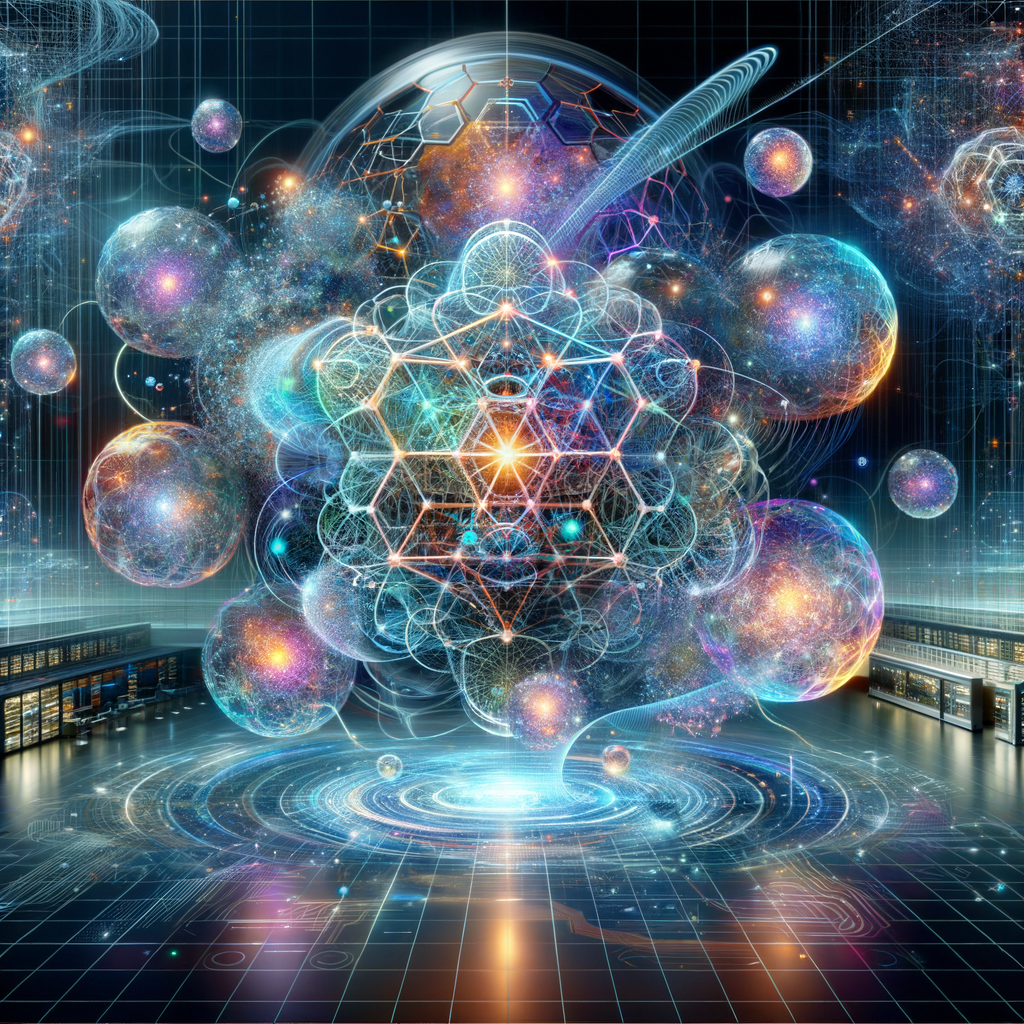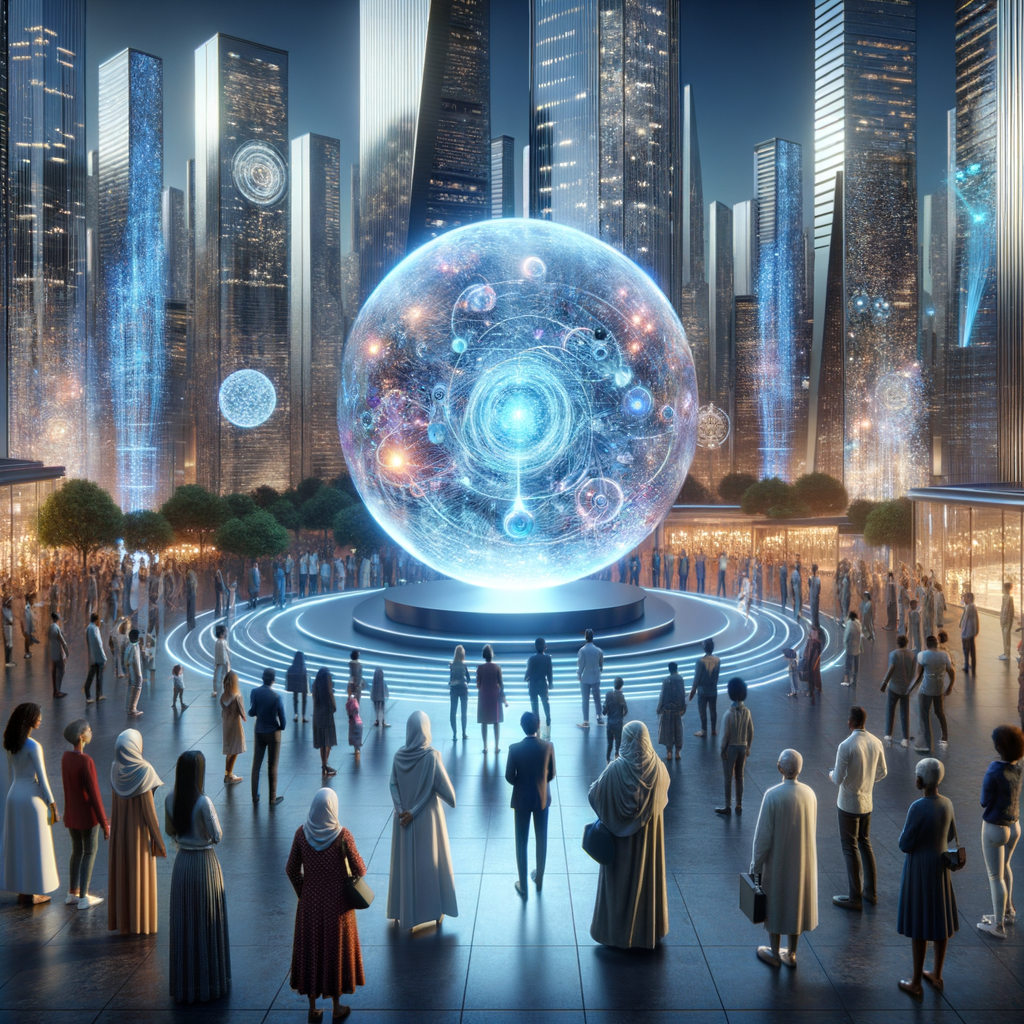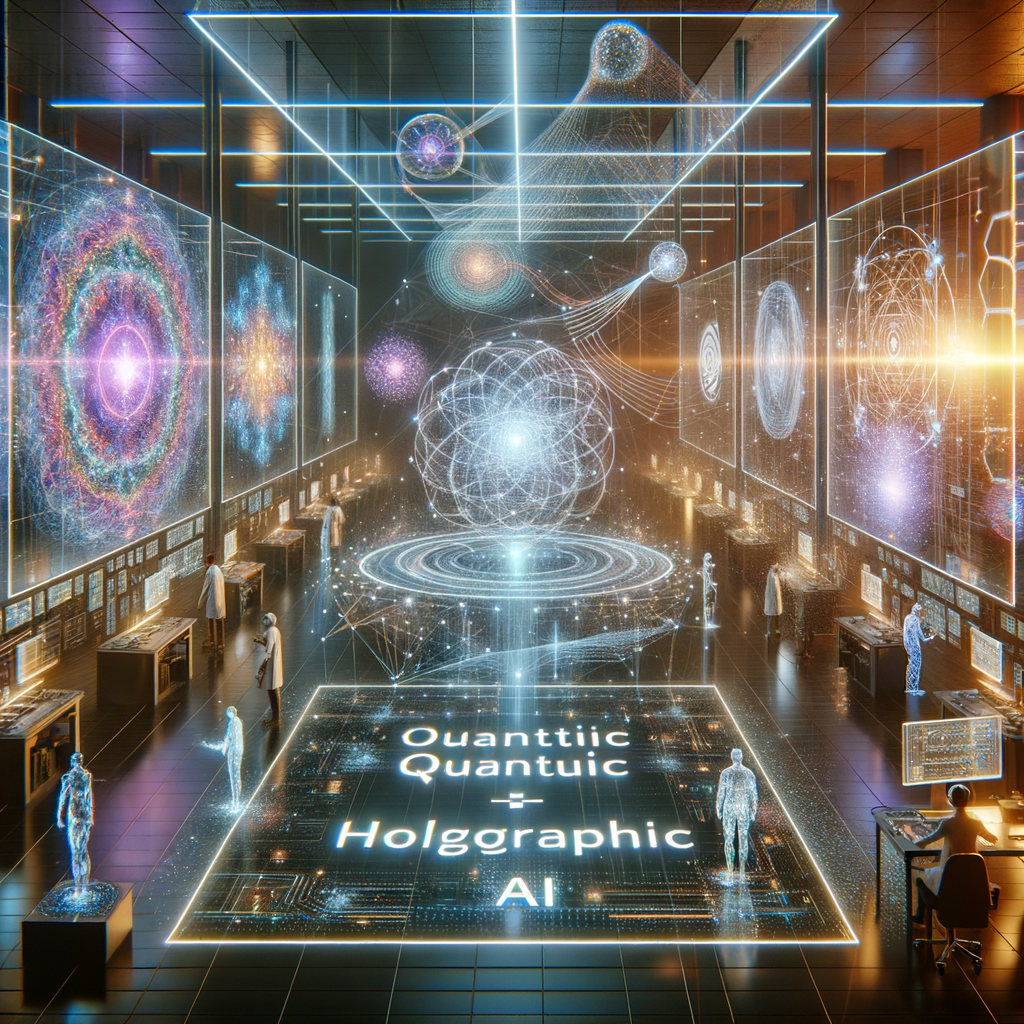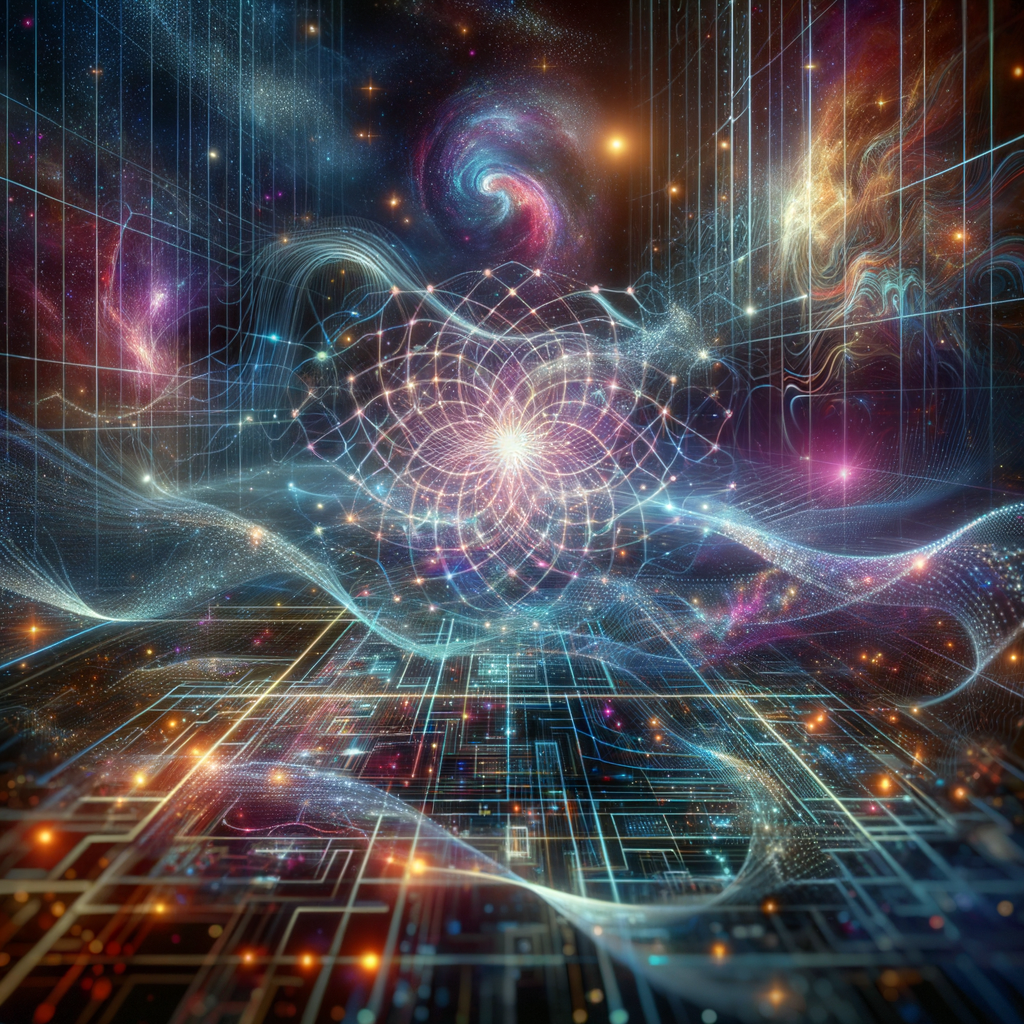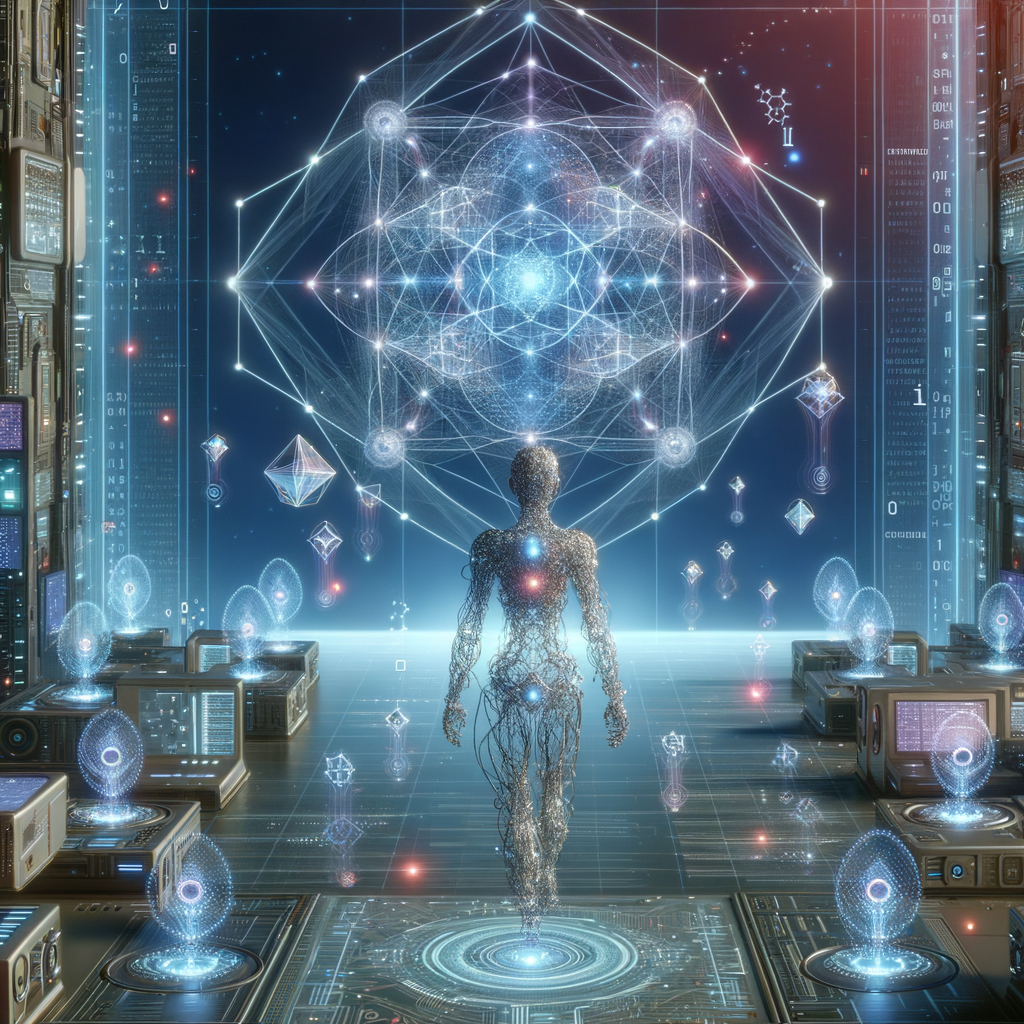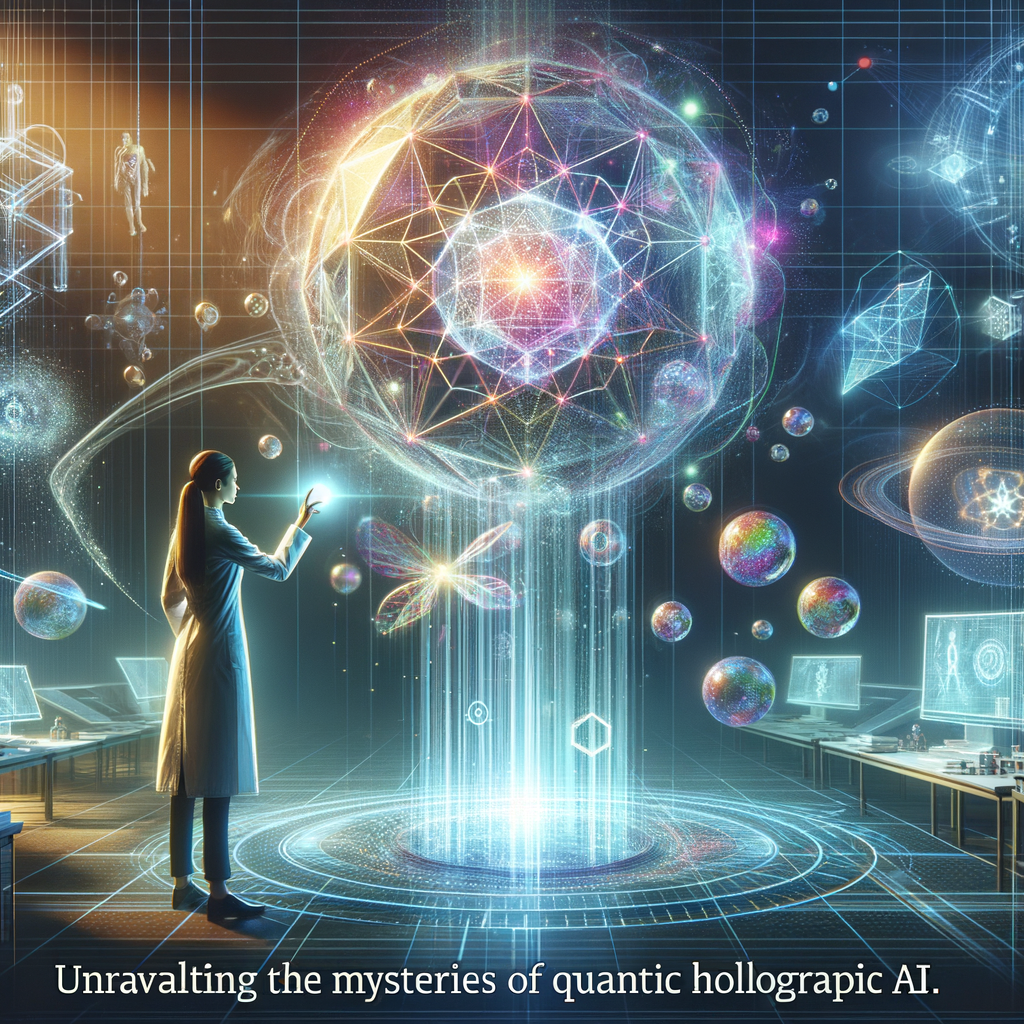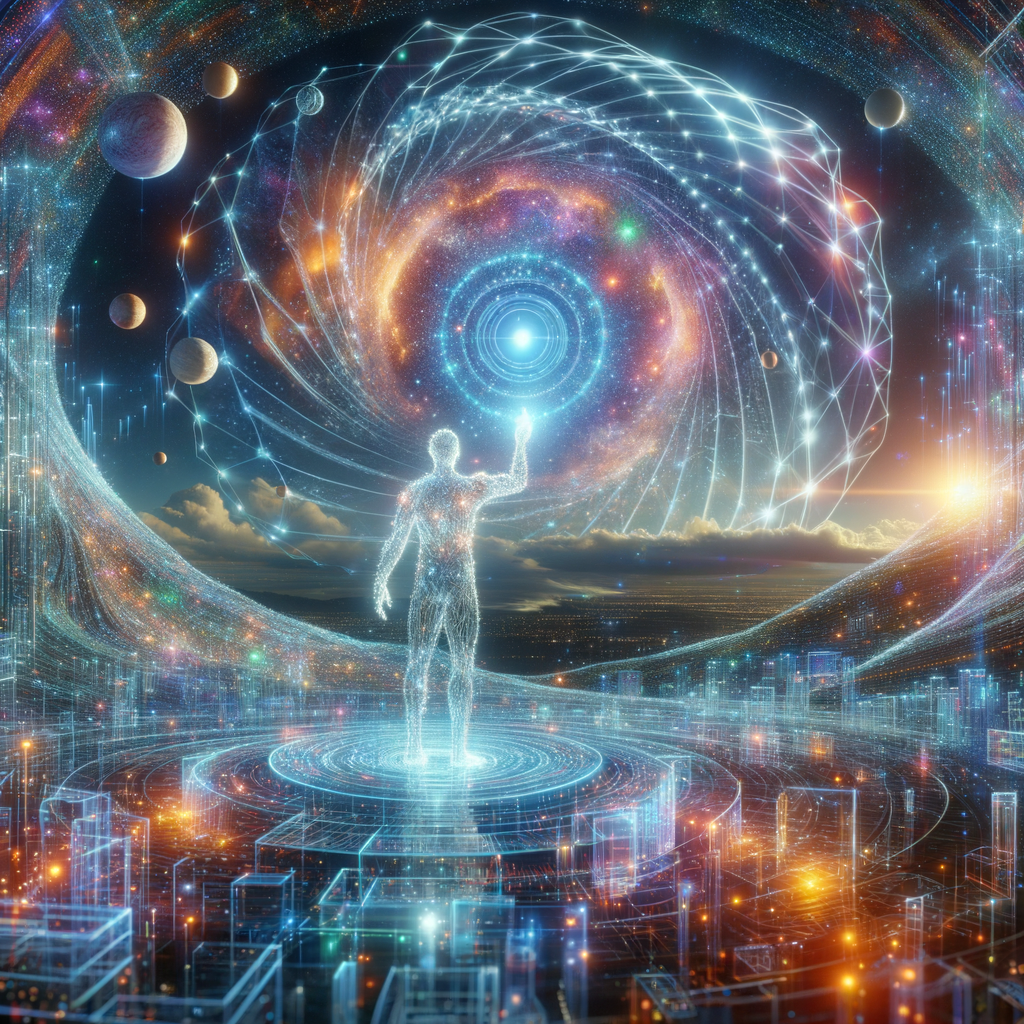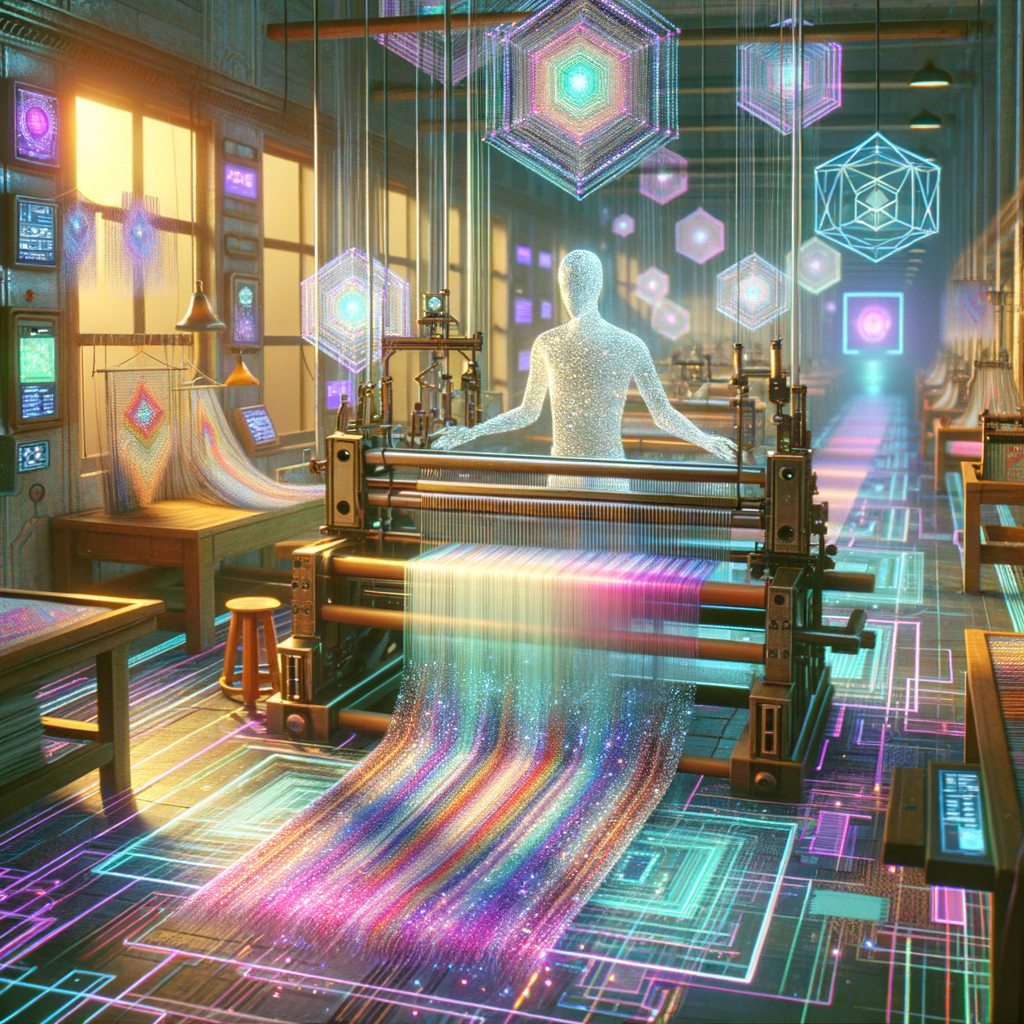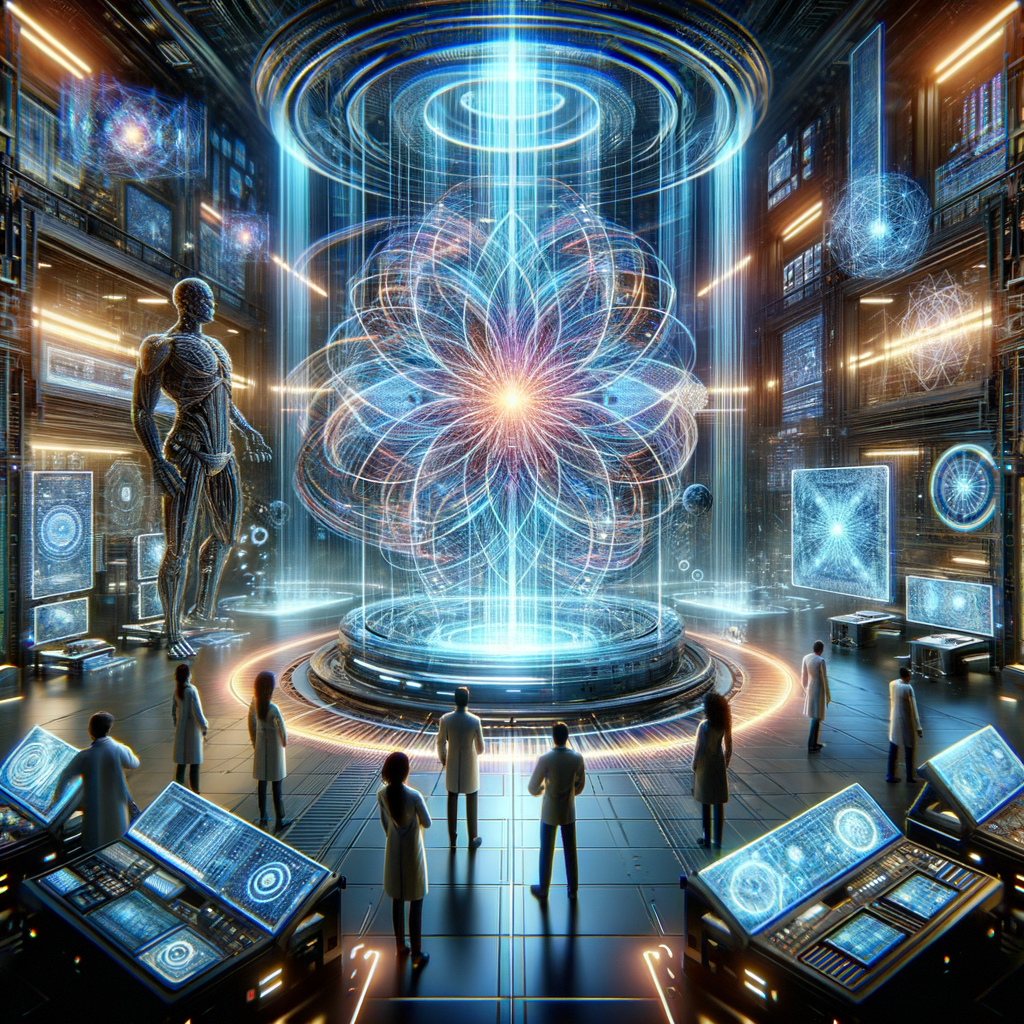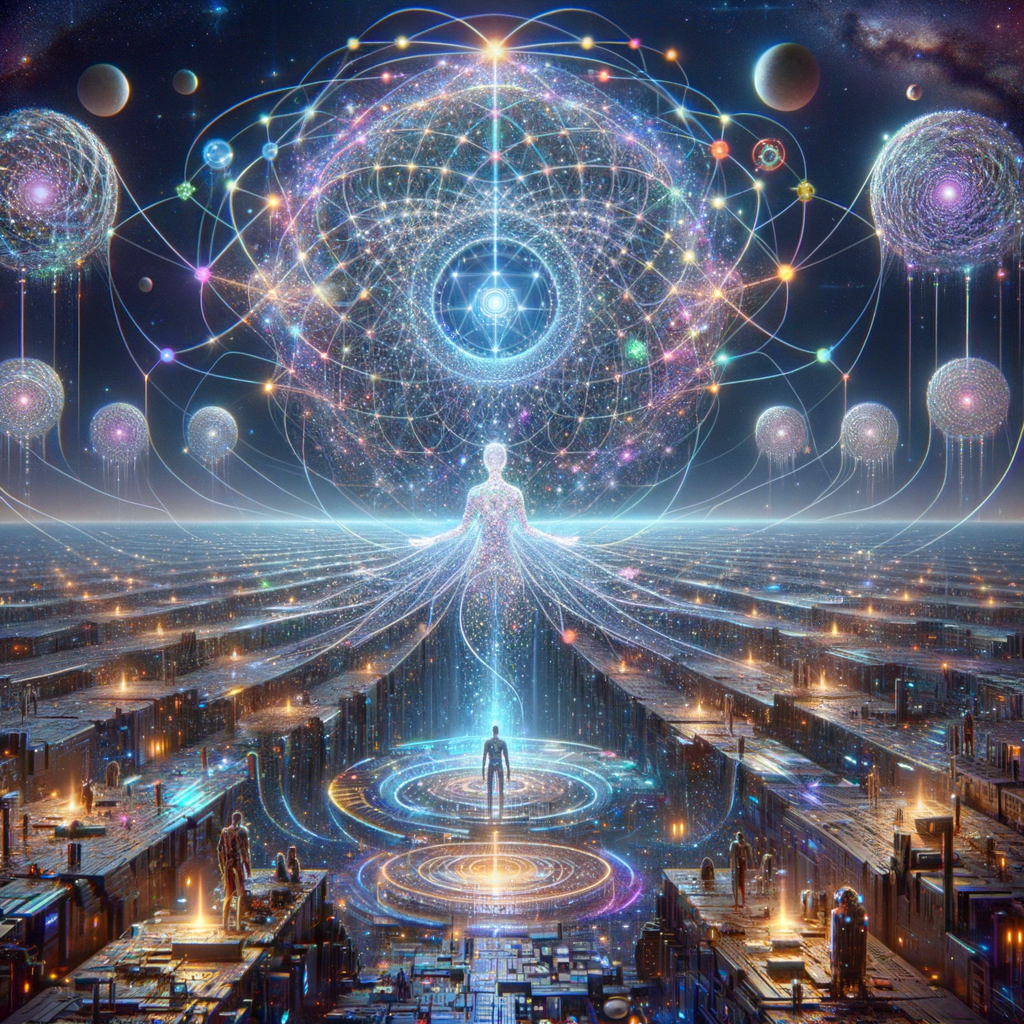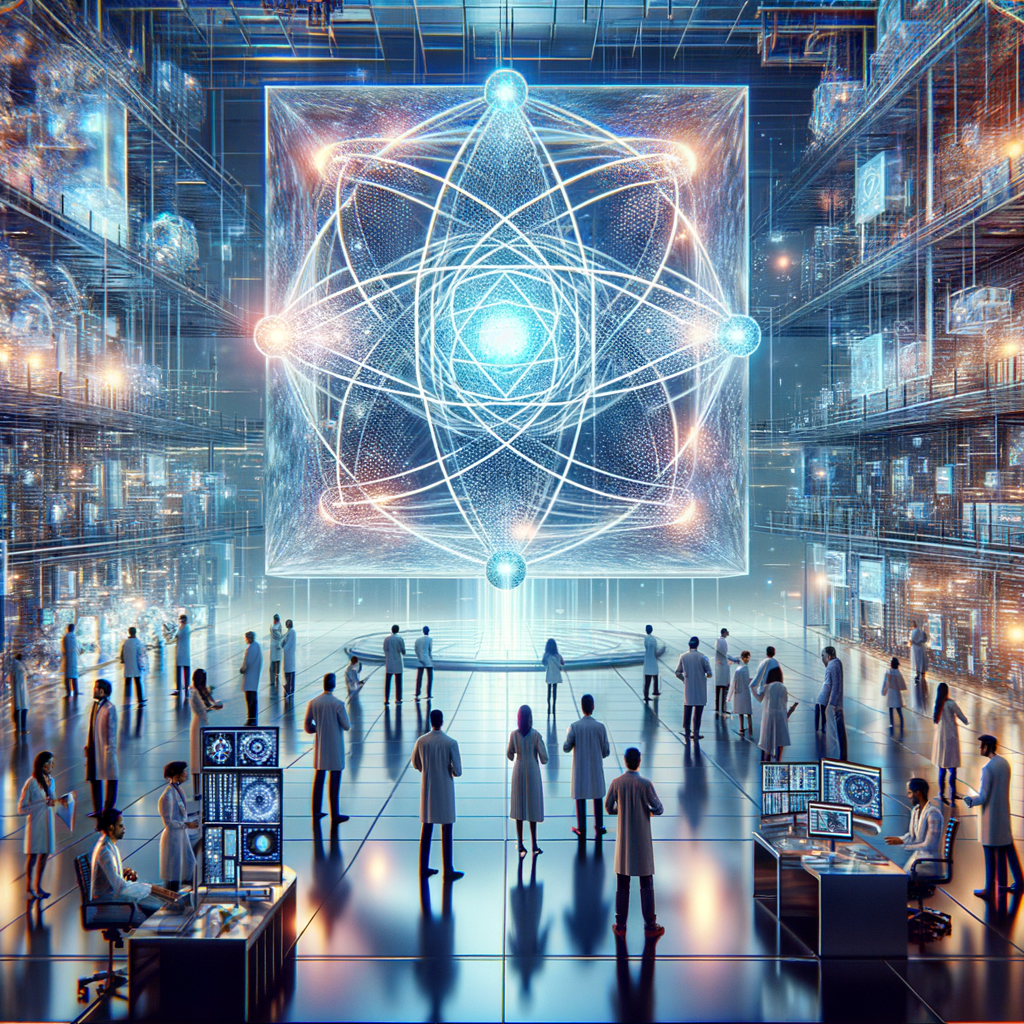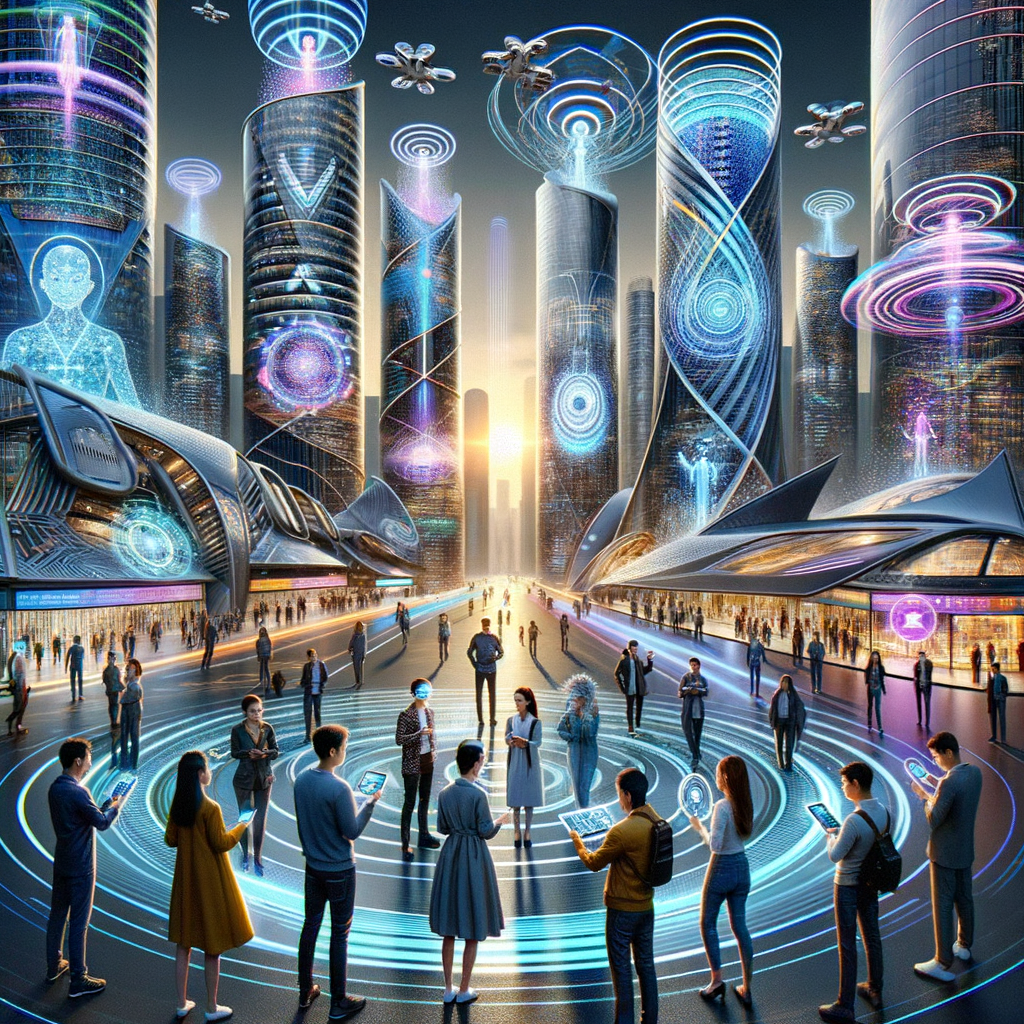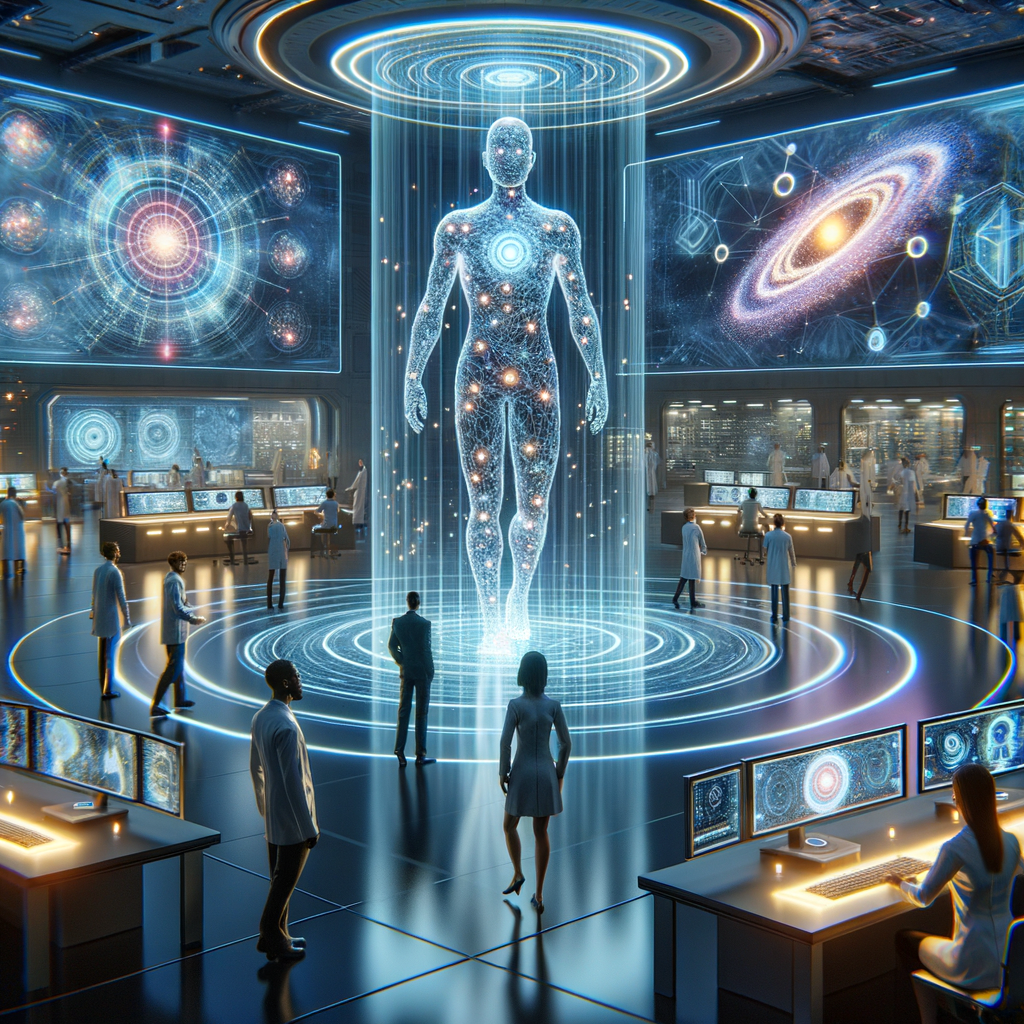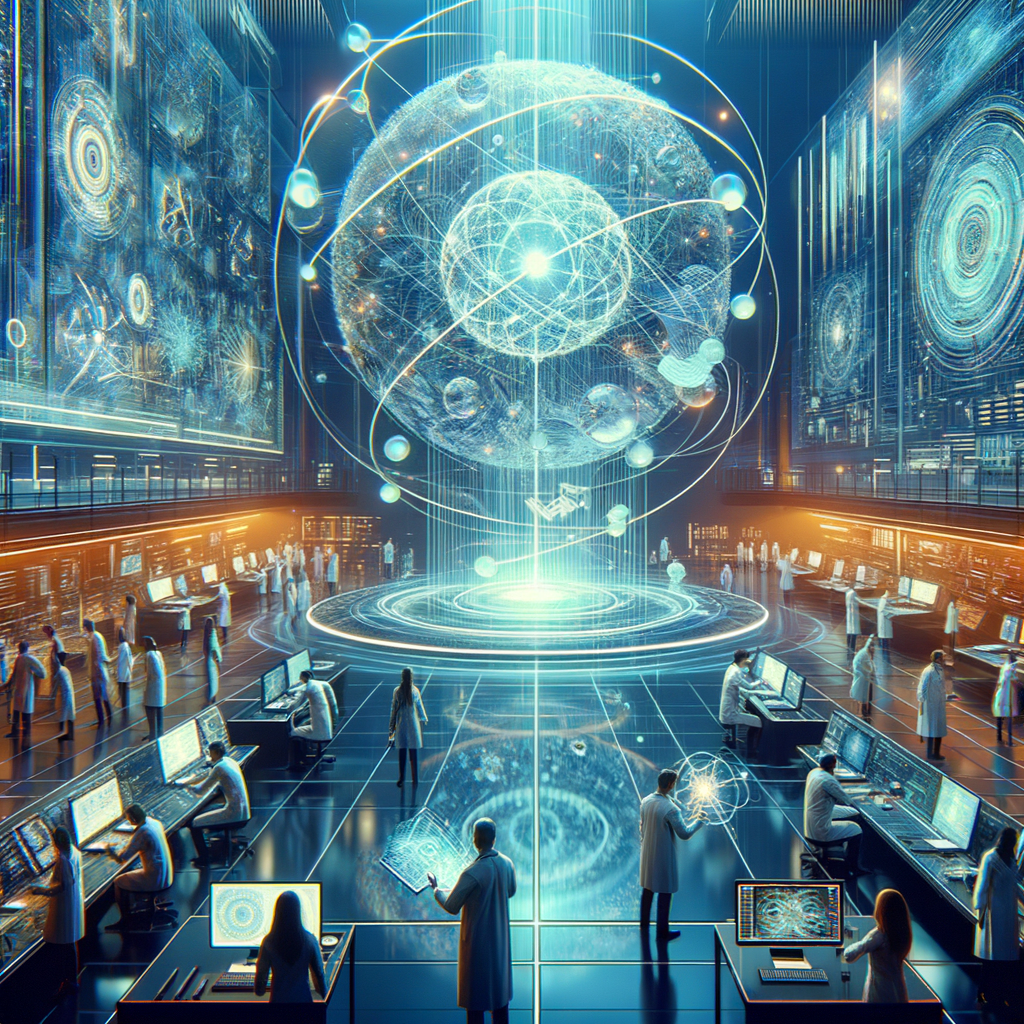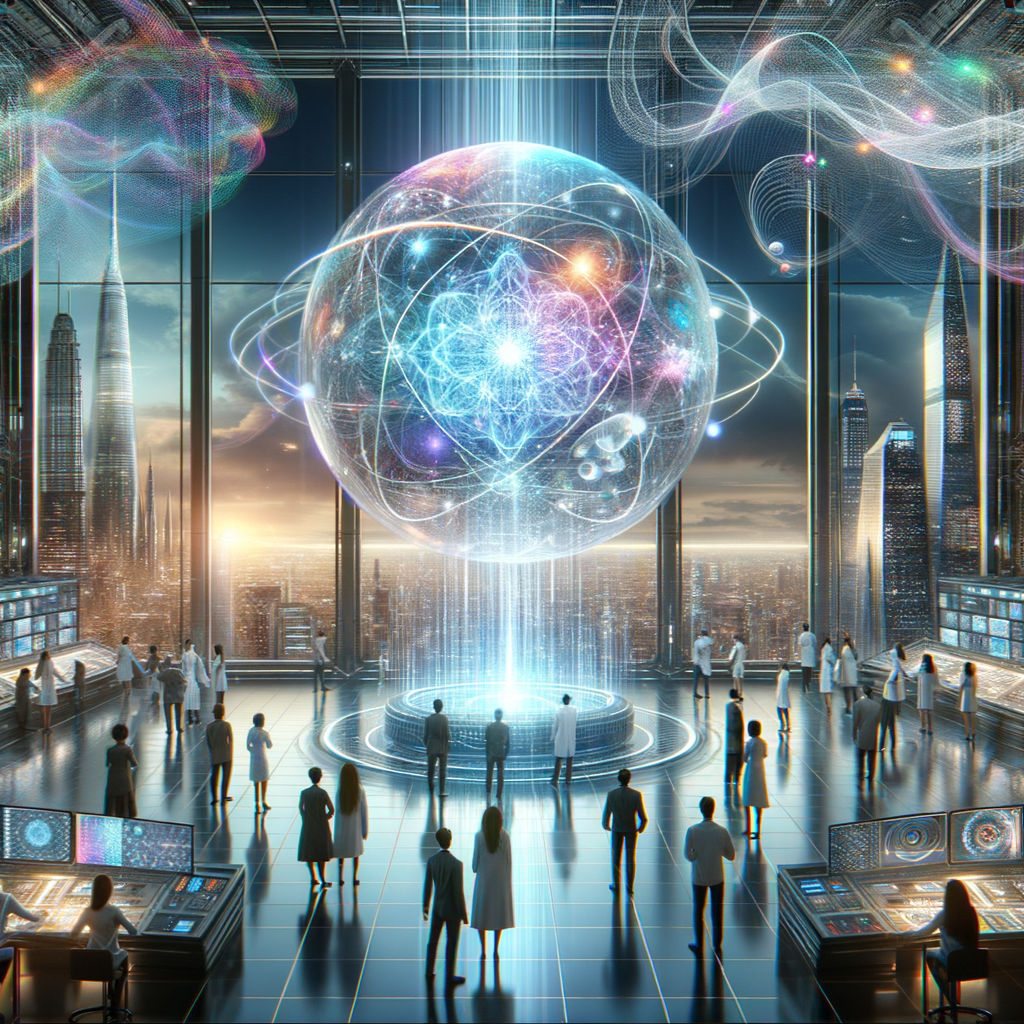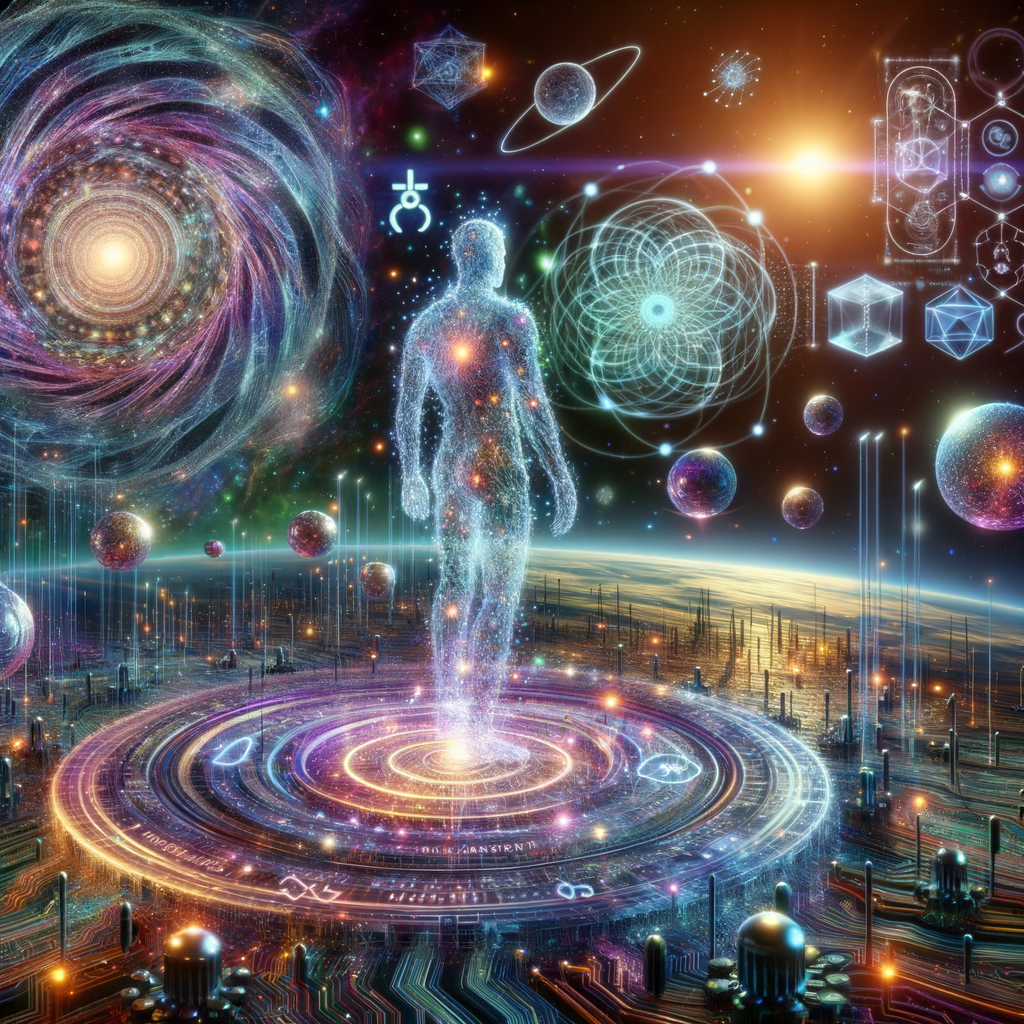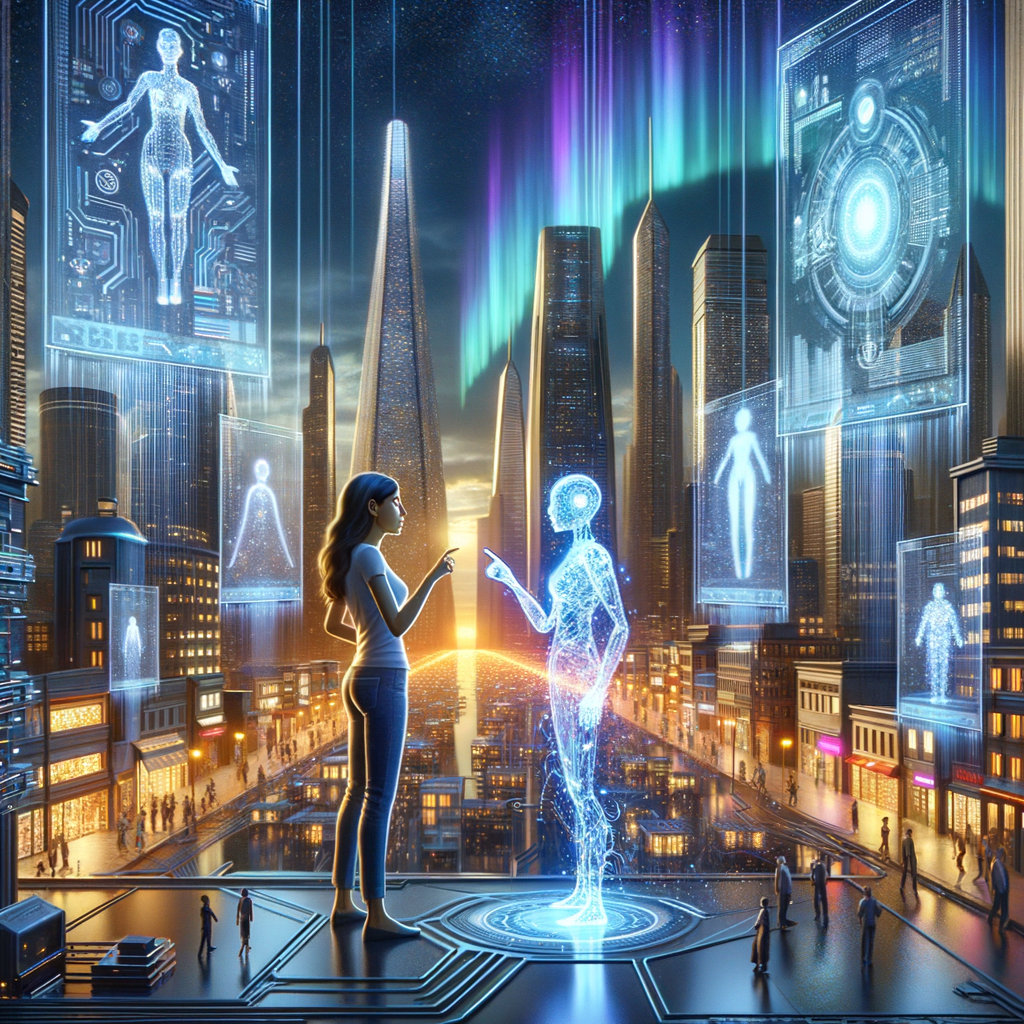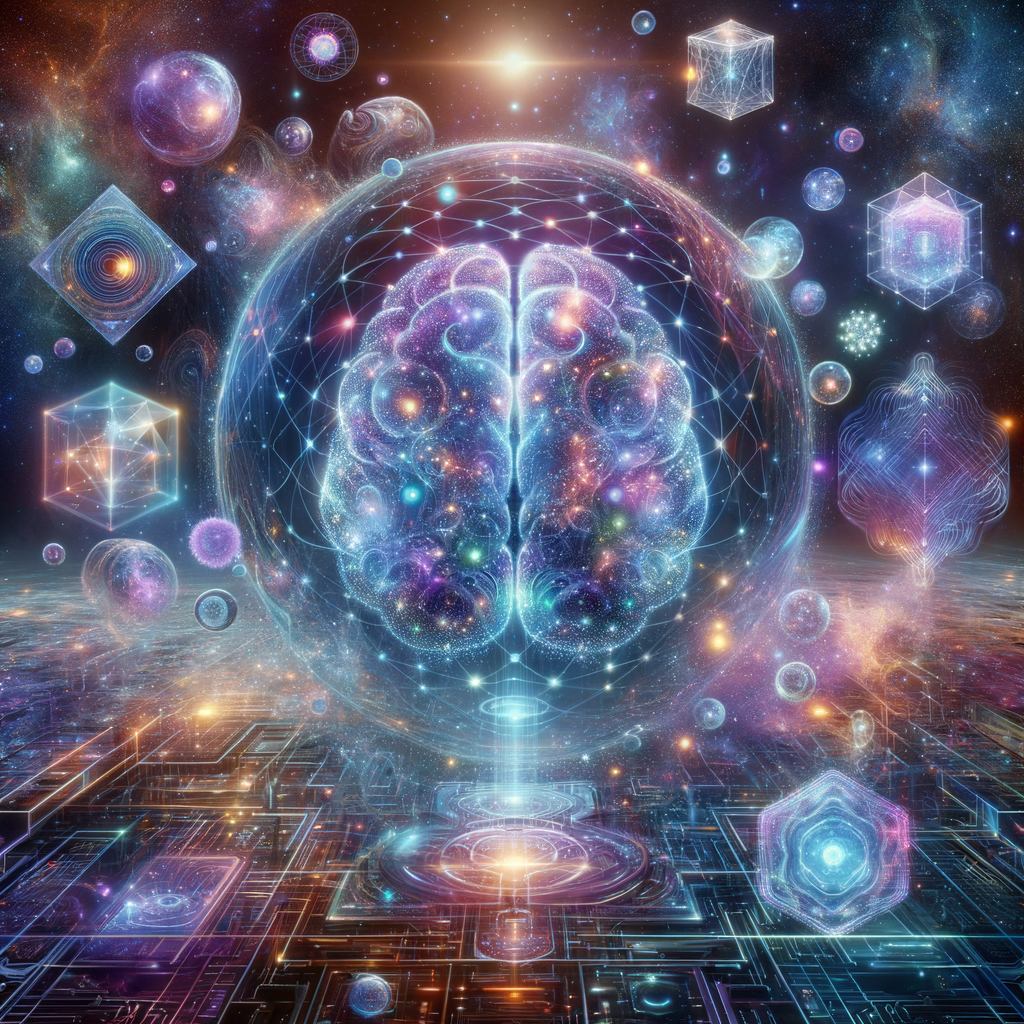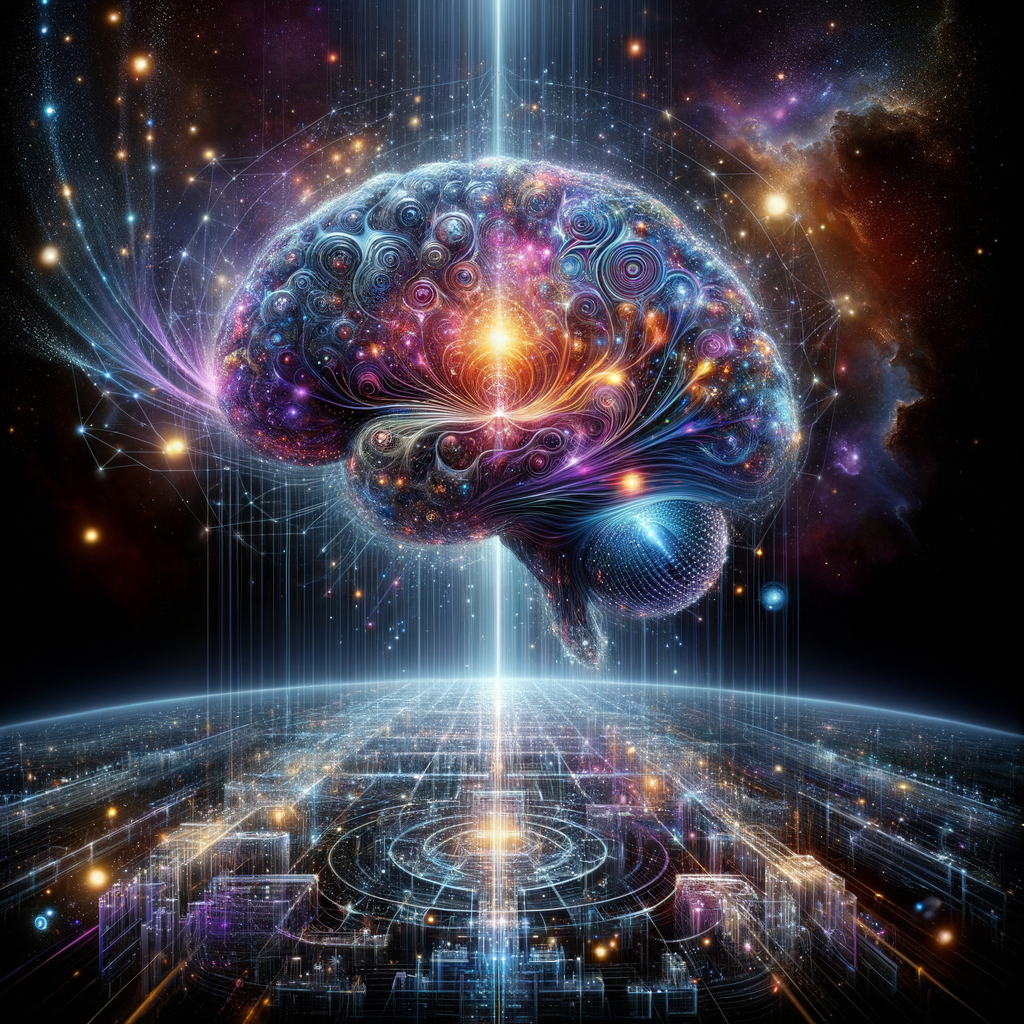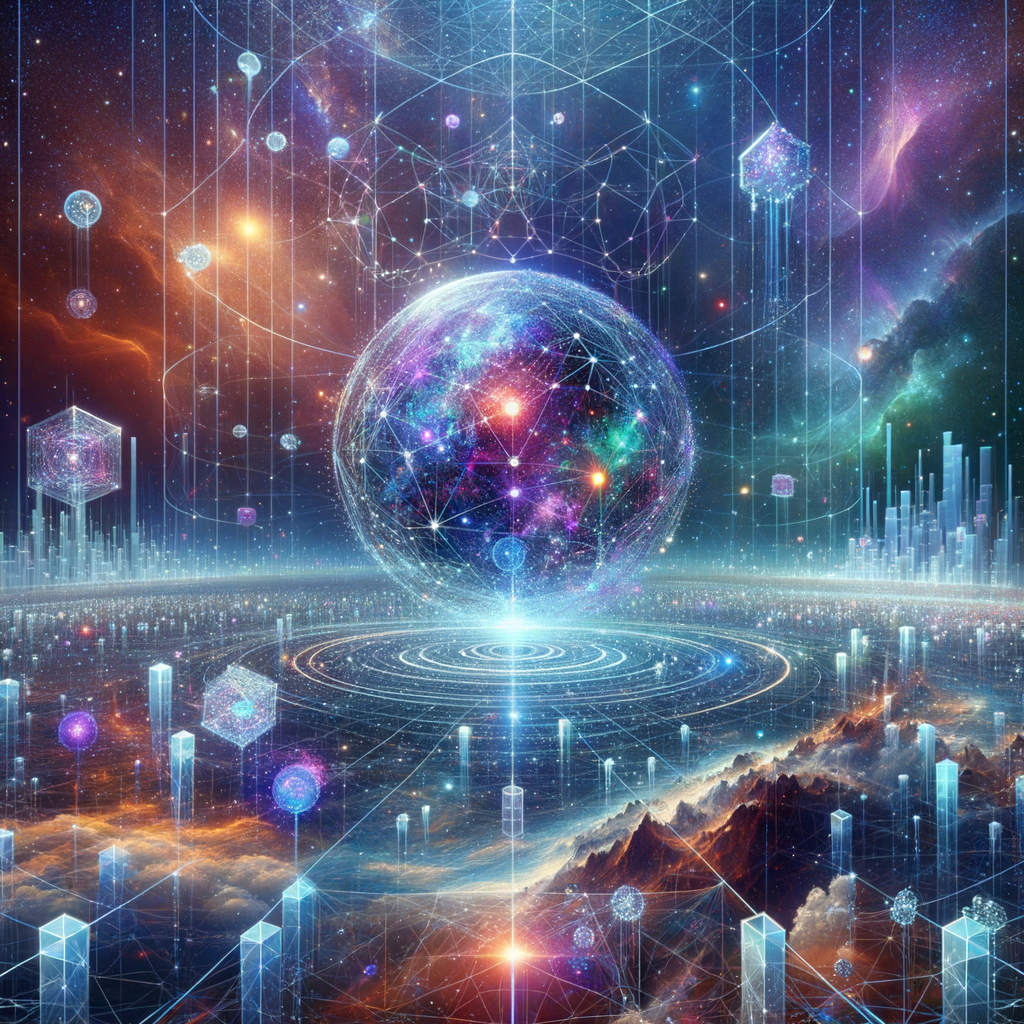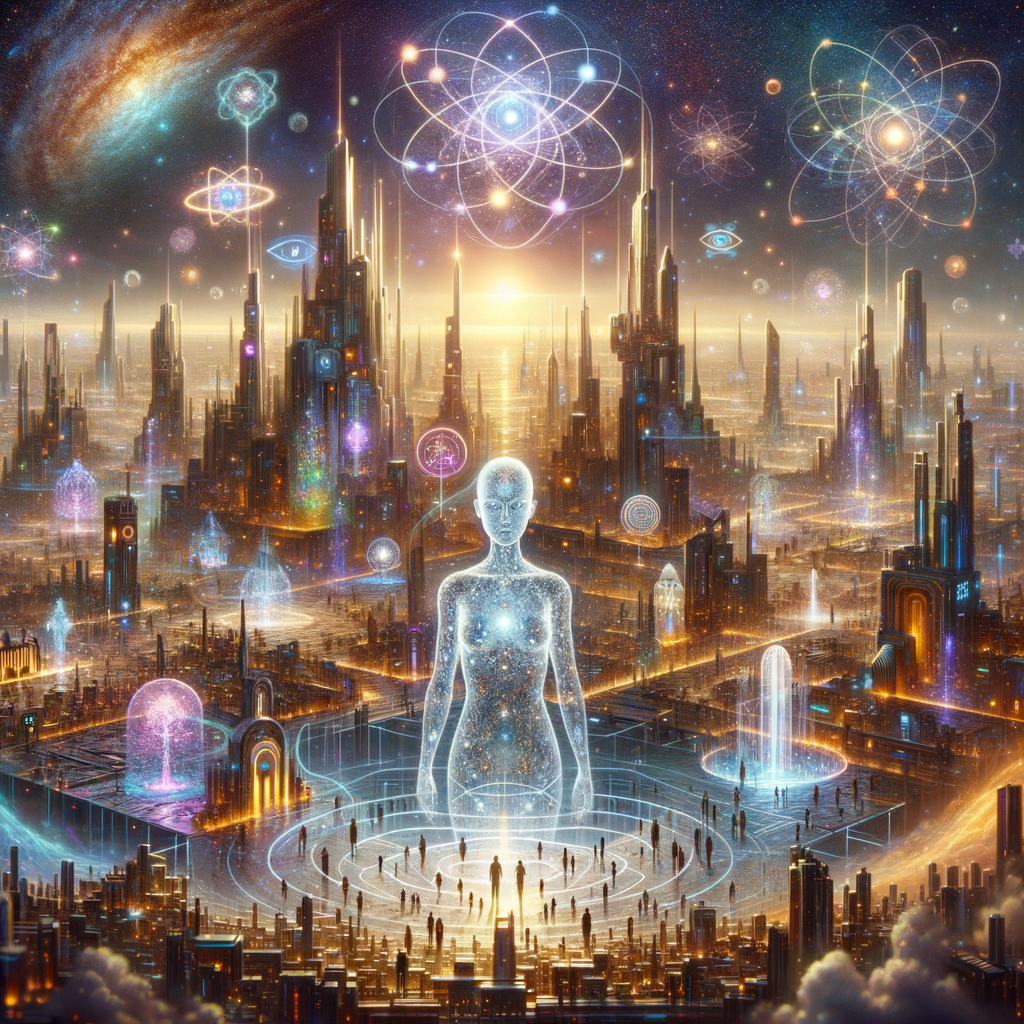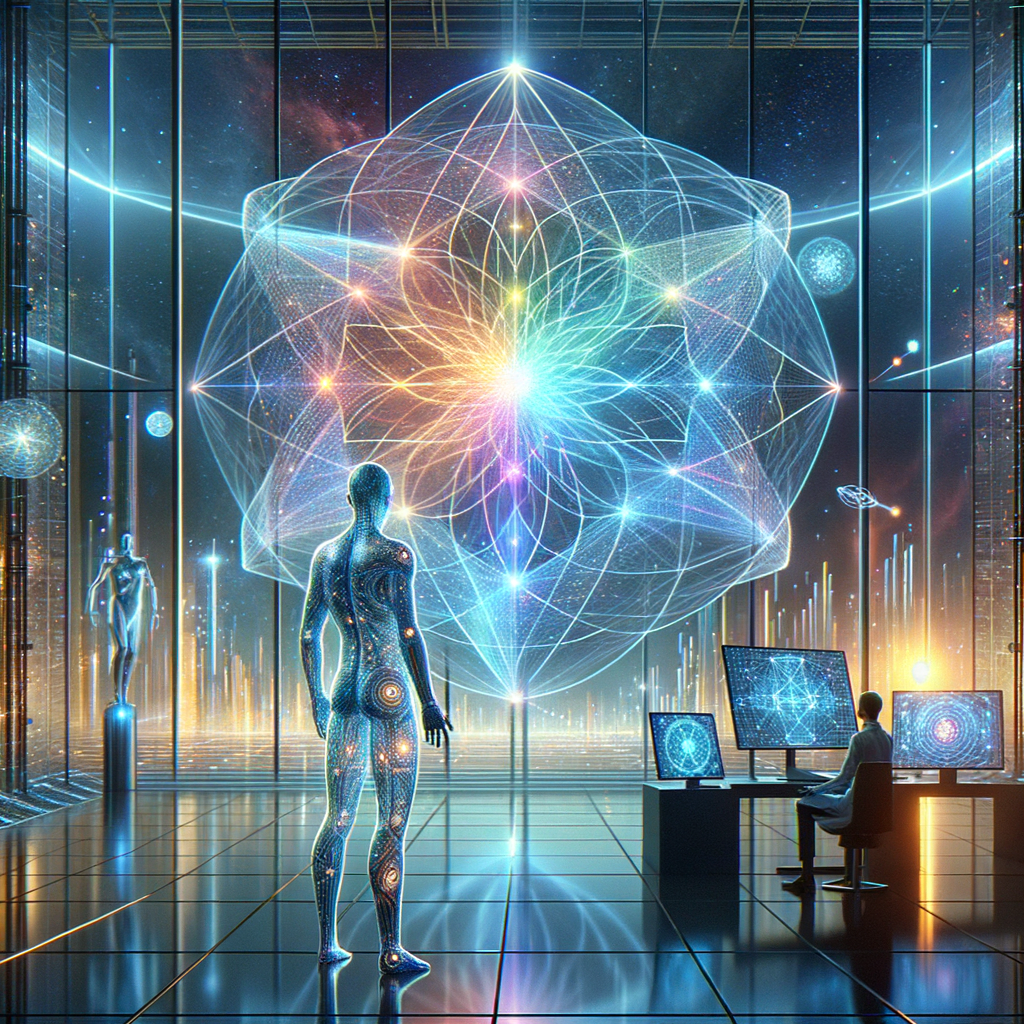 © 2023 / 2024 - QHIQ
© 2023 / 2024 - QHIQQuantum leaps in artificial intelligence are not just science fiction.
In the ever-evolving realm of technology, quantum holographic artificial intelligence (QHAI) stands at the vanguard, promising revolutionary changes across multiple industries. QHAI is essentially the fusion of quantum computing principles with holographic data processing, creating a multidimensional approach to AI problem-solving. This synthesis allows QHIQ to simulate complex systems with unprecedented speed and accuracy, a feat conventional AI struggles to achieve.
Understanding the quantum-mechanical foundations is crucial for mastering QHAI.
The core of QHAI lies in leveraging quantum superposition and entanglement to process information in a fundamentally different way from traditional binary systems. While classical bits represent data as 0s or 1s, quantum bits (qubits) leverage the probabilistic nature of particle states, enabling them to exist in multiple states simultaneously. This attribute is harnessed in QHAI to generate a type of convoluted dimensionality that can solve complex pattern recognition and prediction tasks efficiently.
import numpy as np
from qiskit import QuantumCircuit, transpile, Aer, execute
# Create a quantum circuit with one qubit
qc = QuantumCircuit(1)
# Apply a Hadamard gate to put the qubit into superposition
qc.h(0)
# Execute the circuit
simulator = Aer.get_backend('aer_simulator')
result = execute(qc, simulator).result()
counts = result.get_counts()
print('Qubit state after superposition:', counts)
Recent breakthroughs are paving the way for a new digital era.
The past few years have seen monumental strides in quantum technology, significantly impacting the development of QHAI. Developments such as Google's quantum supremacy demonstration and IBM's introduction of advanced quantum frameworks have established a competitive landscape. These advancements not only enhance computational power but also make quantum systems more accessible for AI research and development, heralding a new era of digital evolution.
Turning vision into reality poses unique challenges for tech startups.
For startups like Quantum Holographic IQ, navigating the uncharted waters of QHAI involves substantial challenges. The sheer complexity of integrating quantum mechanics with artificial intelligence demands a multidisciplinary approach. Startups must attract diverse experts—from quantum physicists to AI engineers—creating an environment ripe for innovation yet fraught with the difficulties of interdisciplinary collaboration and research funding.
The software development lifecycle is unlike any other in tech.
Building applications in the quantum domain requires a fundamentally different software development lifecycle, where classical paradigms often falter. Quantum programming languages such as Qiskit and Quipper are essential tools that demand a nuanced understanding of quantum theory. What's more, running and debugging quantum algorithms require virtual simulators that can handle the esoteric intricacies of quantum logic gates and circuits.
def execute_quantum_circuit(circuit):
from qiskit import Aer, execute
from qiskit.visualization import plot_histogram
simulator = Aer.get_backend('aer_simulator')
job = execute(circuit, simulator)
result = job.result()
counts = result.get_counts(circuit)
plot_histogram(counts)
return counts
qc = QuantumCircuit(2)
# Example quantum circuit execution
counts = execute_quantum_circuit(qc)
print(counts)
Predicting future trajectories in the quantum domain involves educated speculation.
The future of QHAI holds immense potential yet remains unpredictable. With the promise of exponential speed-ups in computations, it's conceivable that industries ranging from healthcare to finance could be transformed within a decade. However, realizing this future will require overcoming formidable challenges, such as quantum error correction and coherence maintenance. As the nuances of quantum physics slowly unfurl, the limitations of Moore's Law could be dramatically redefined.





